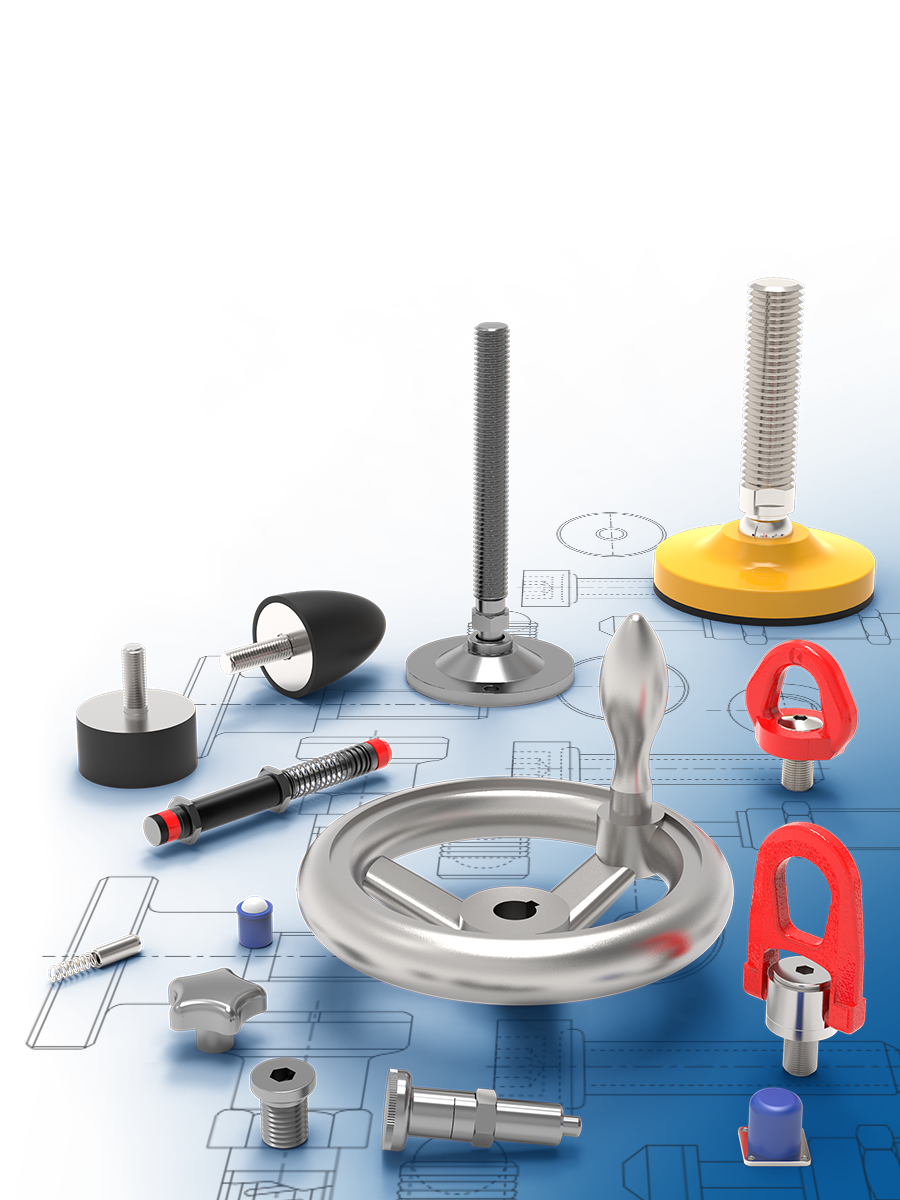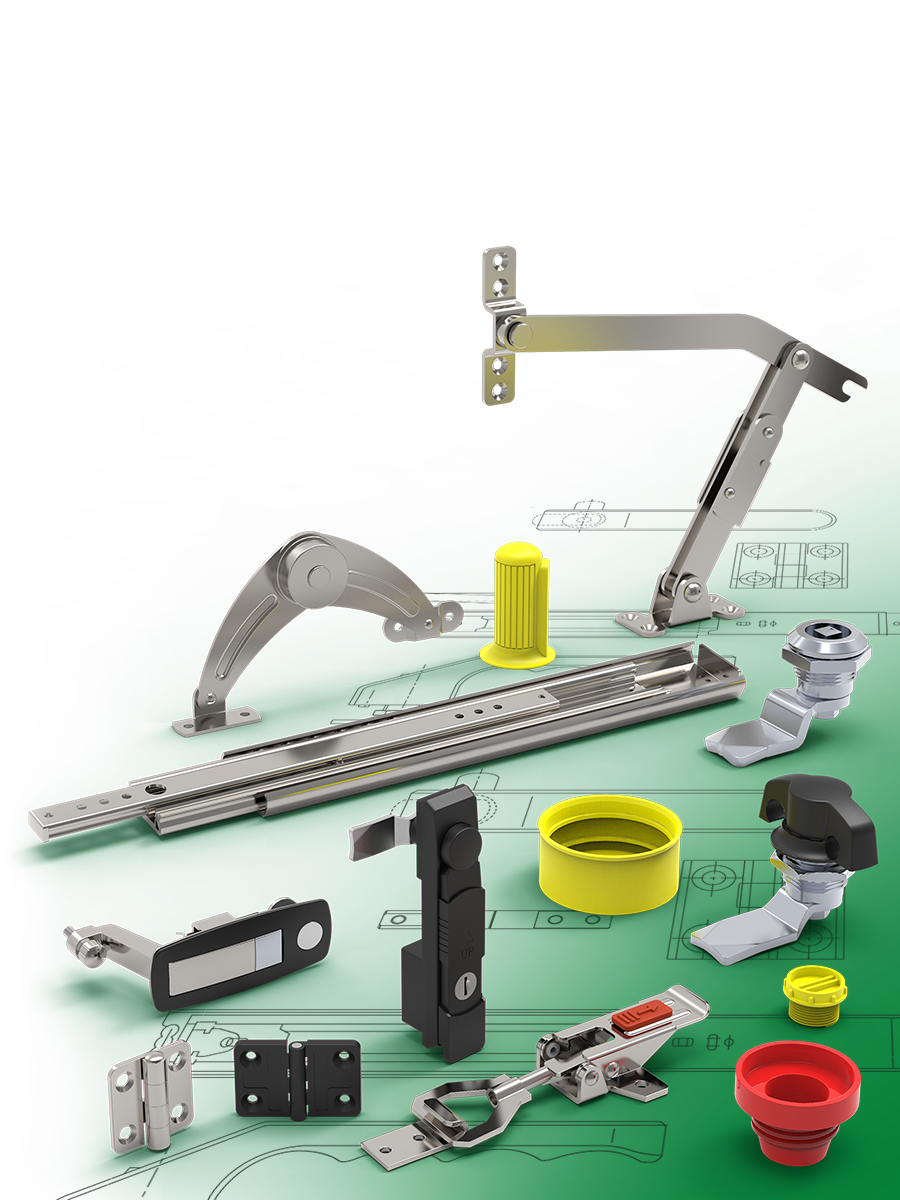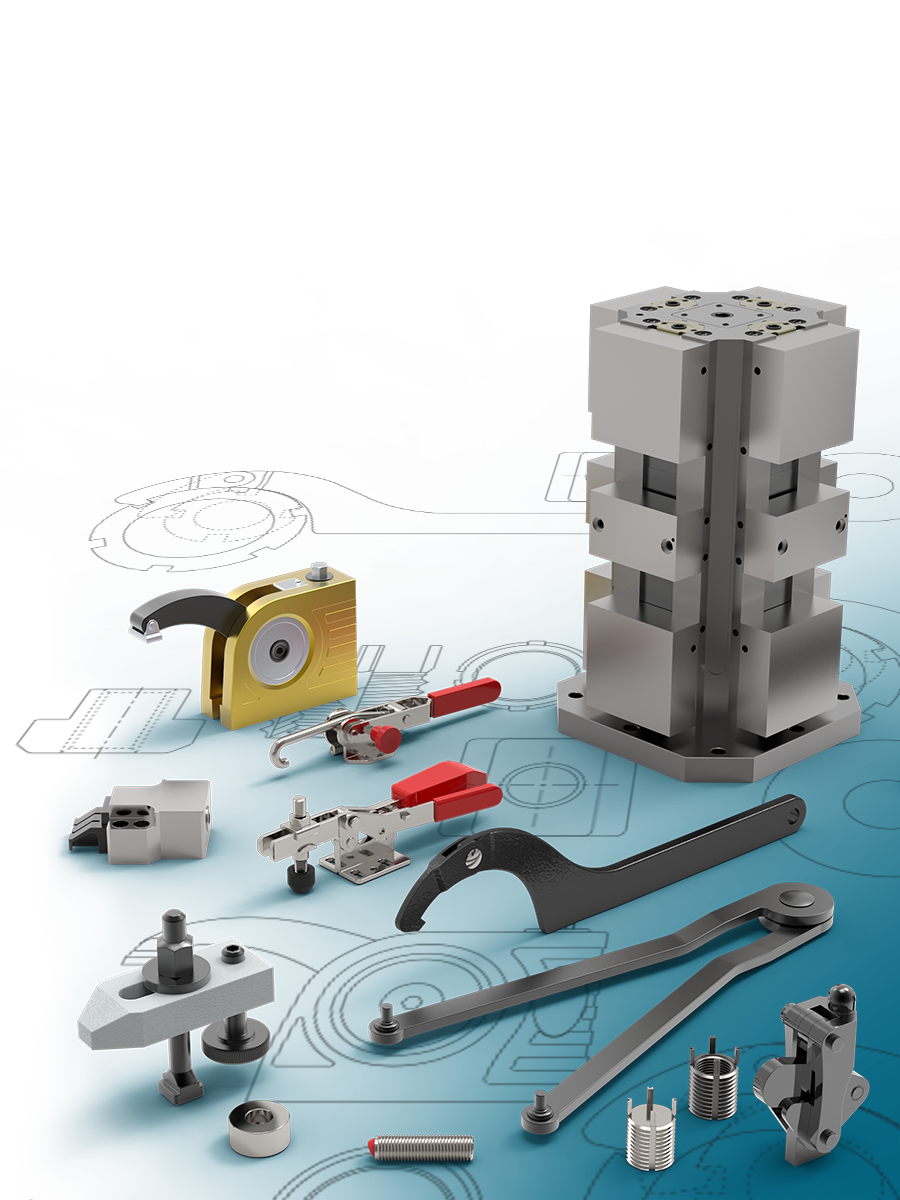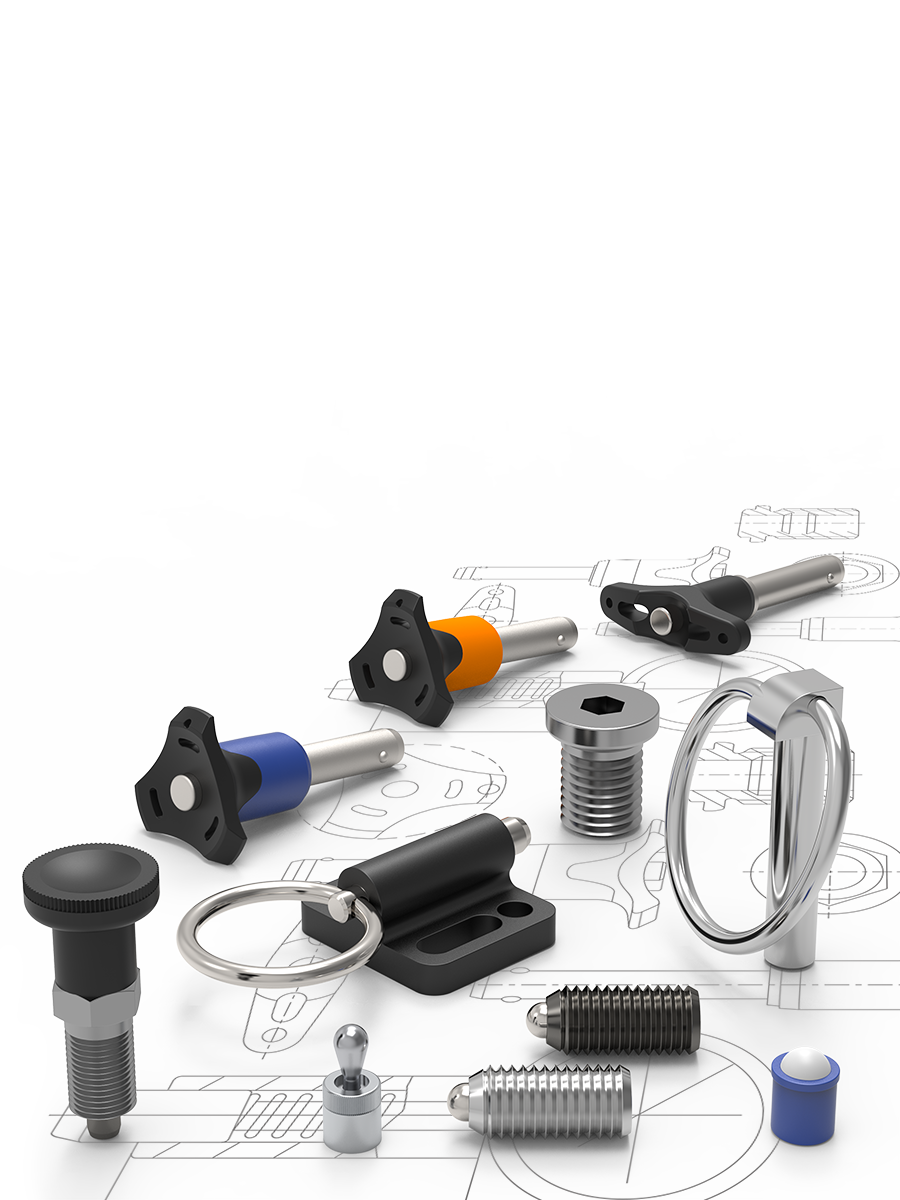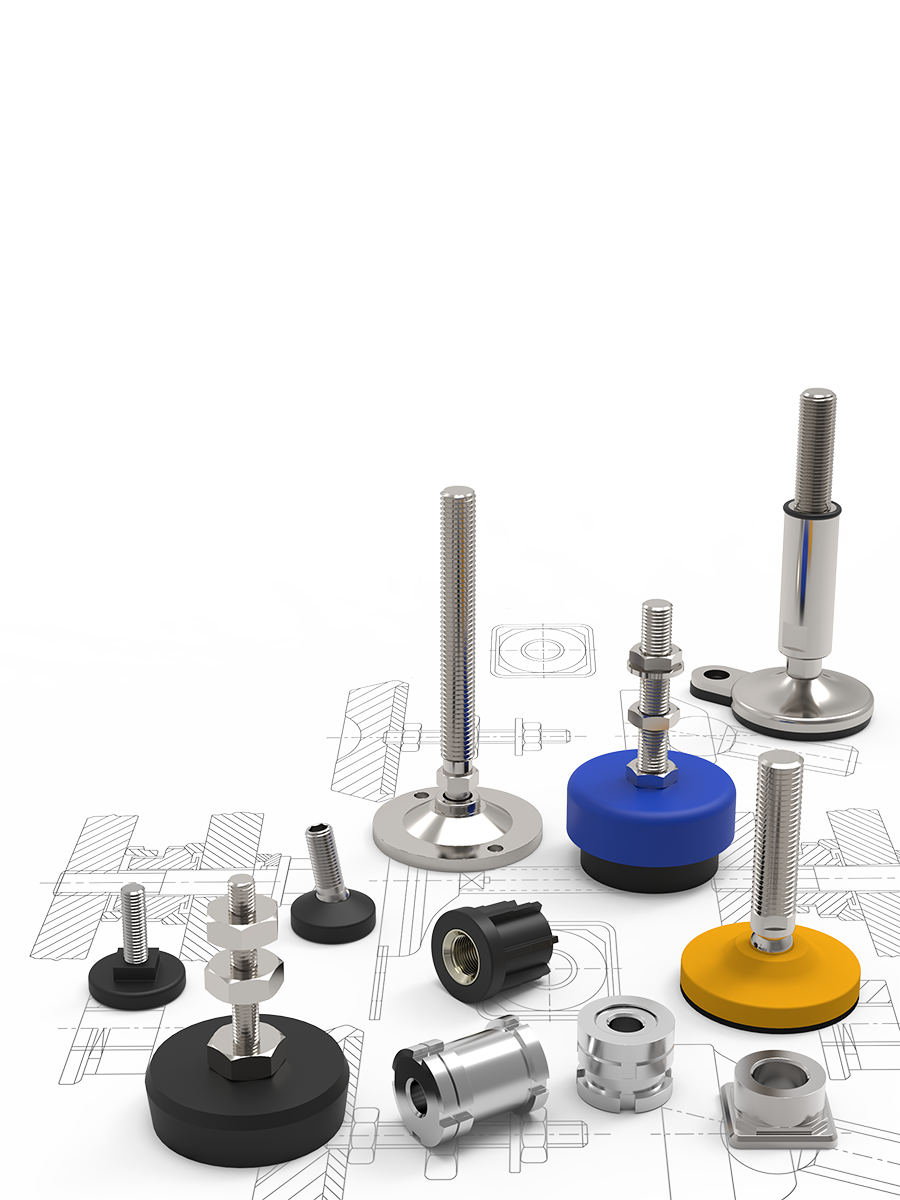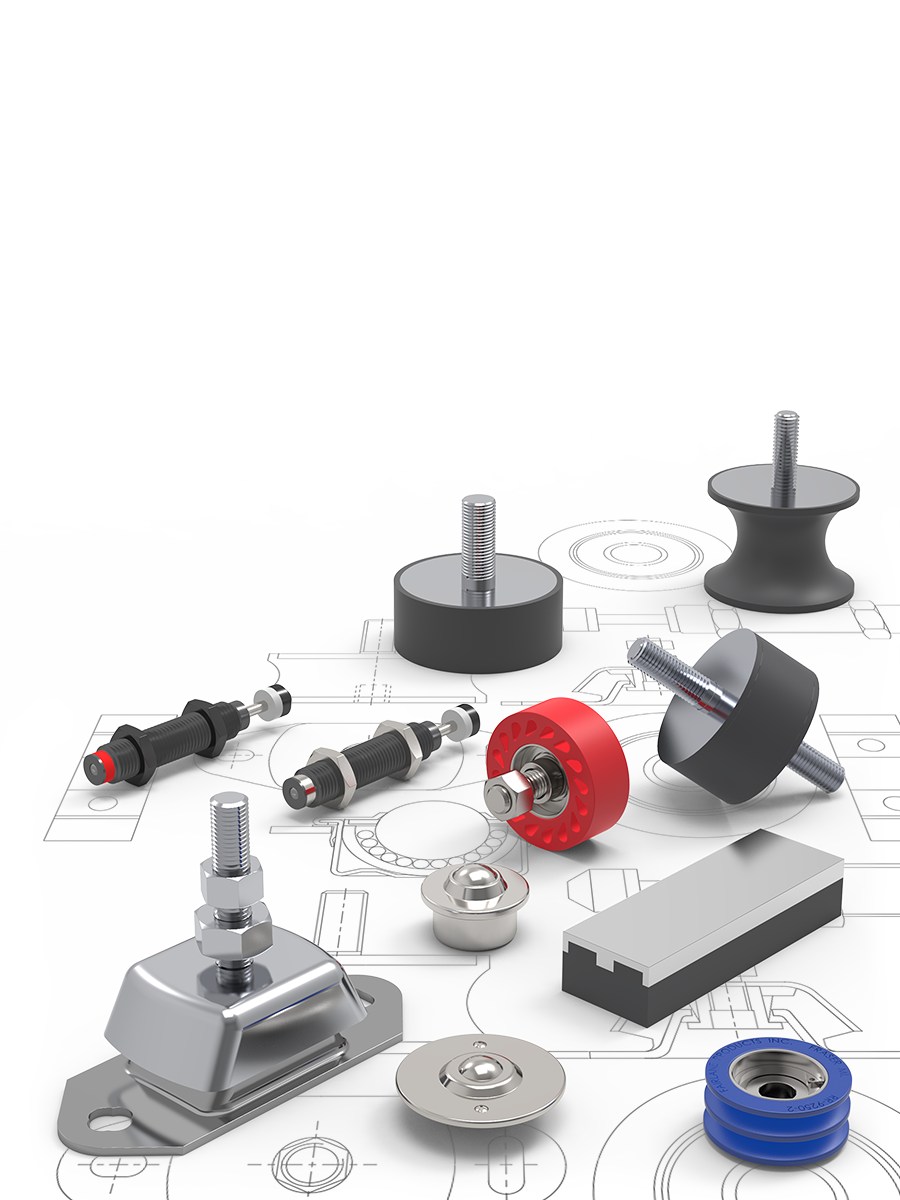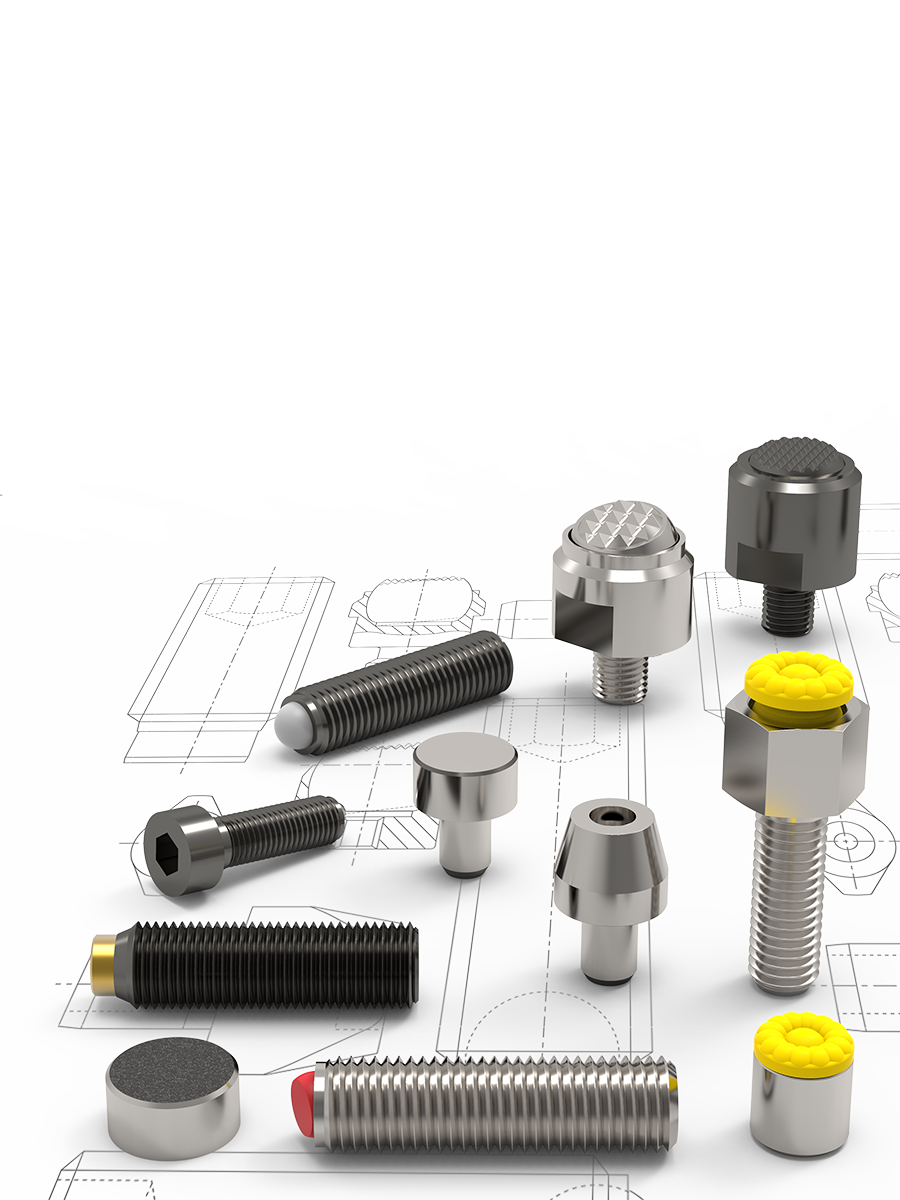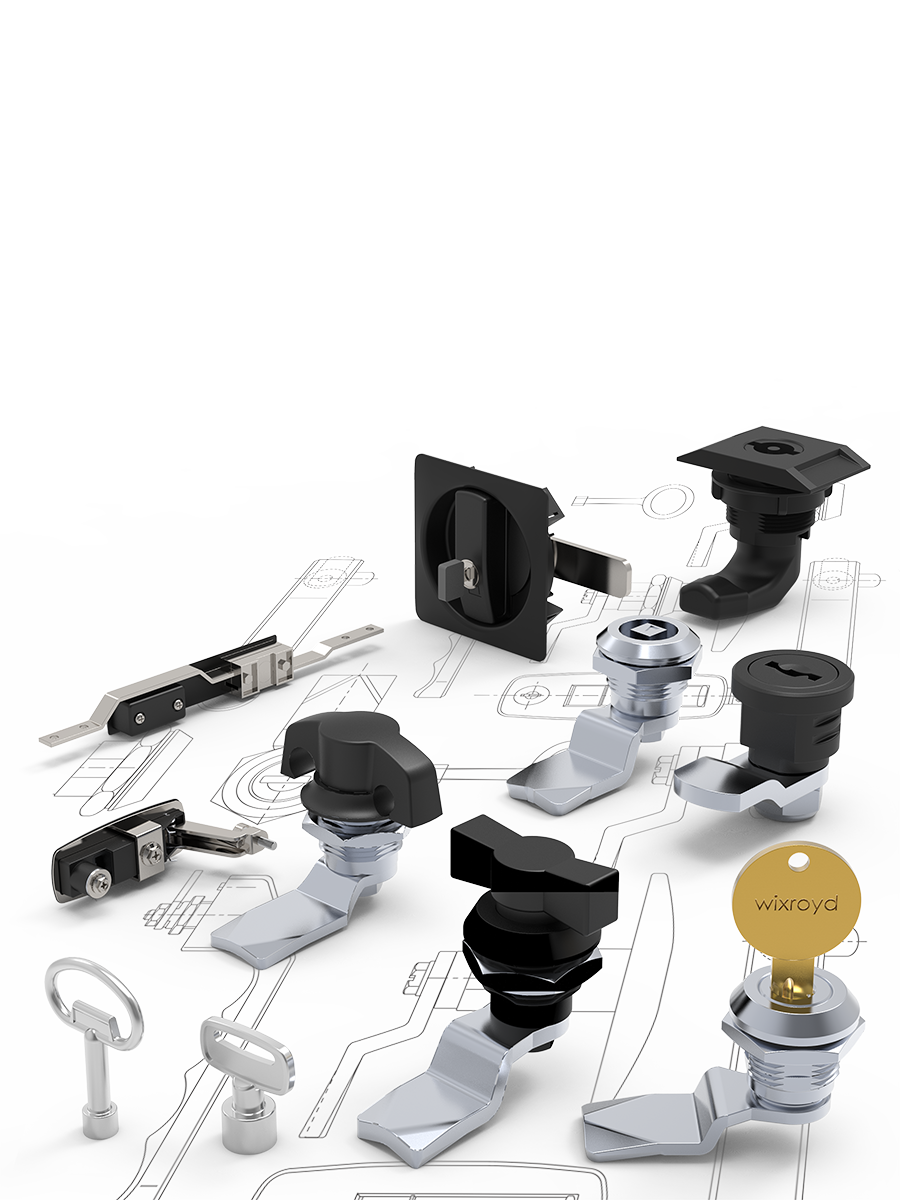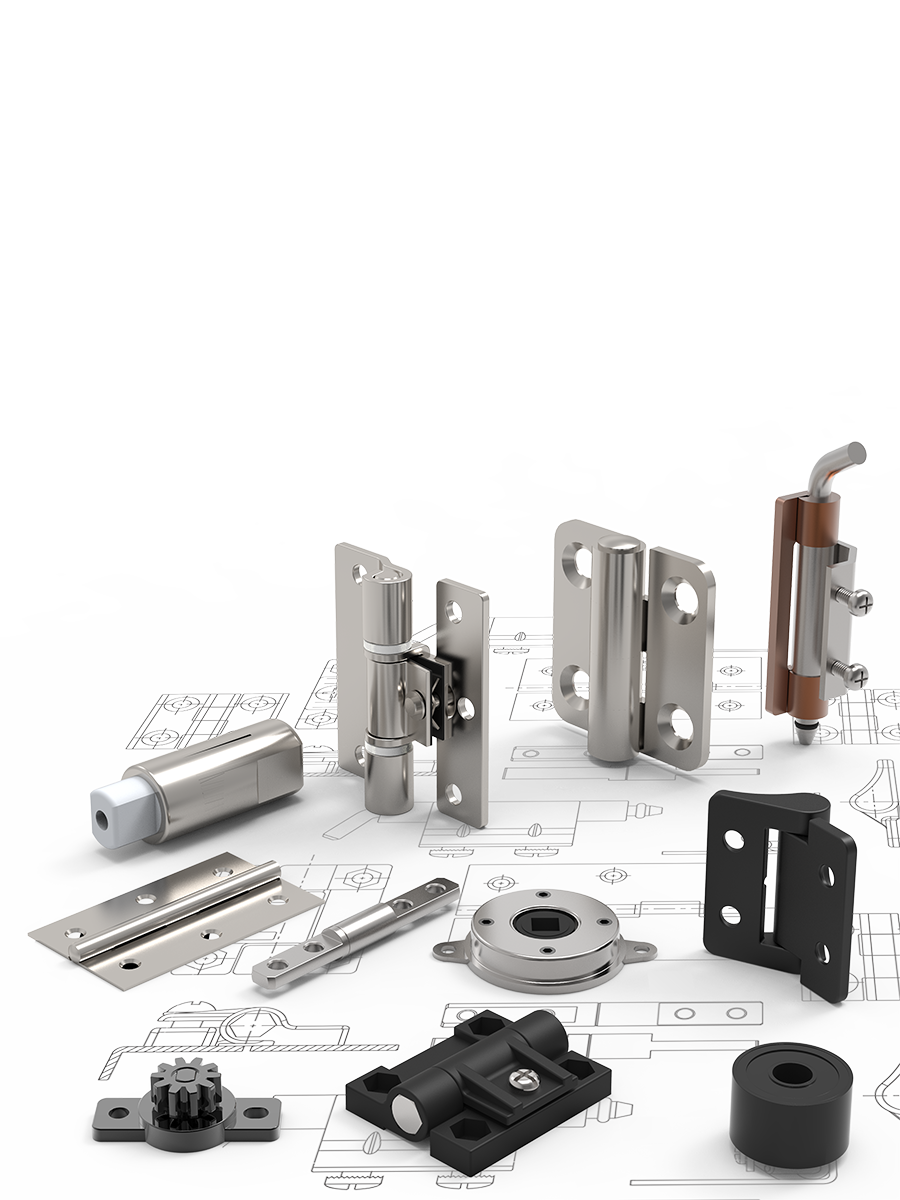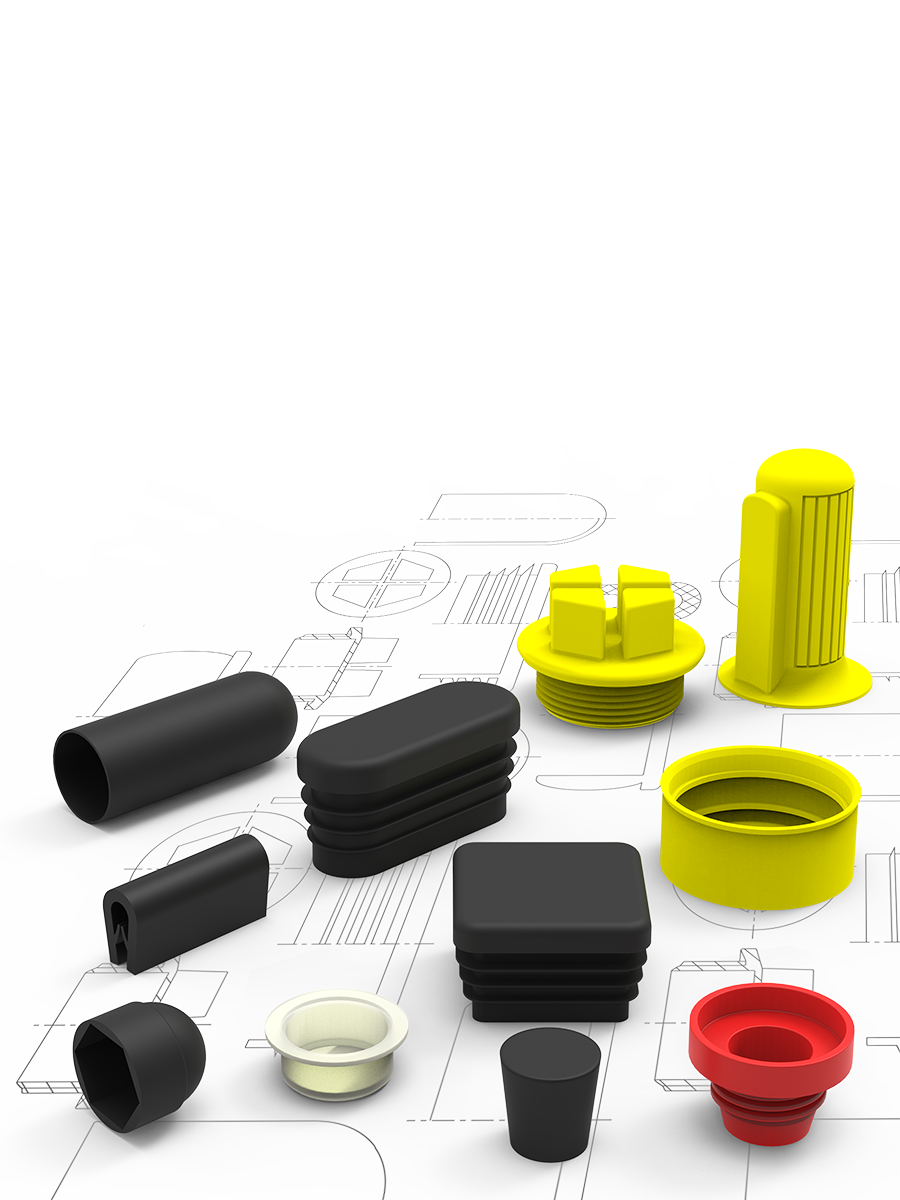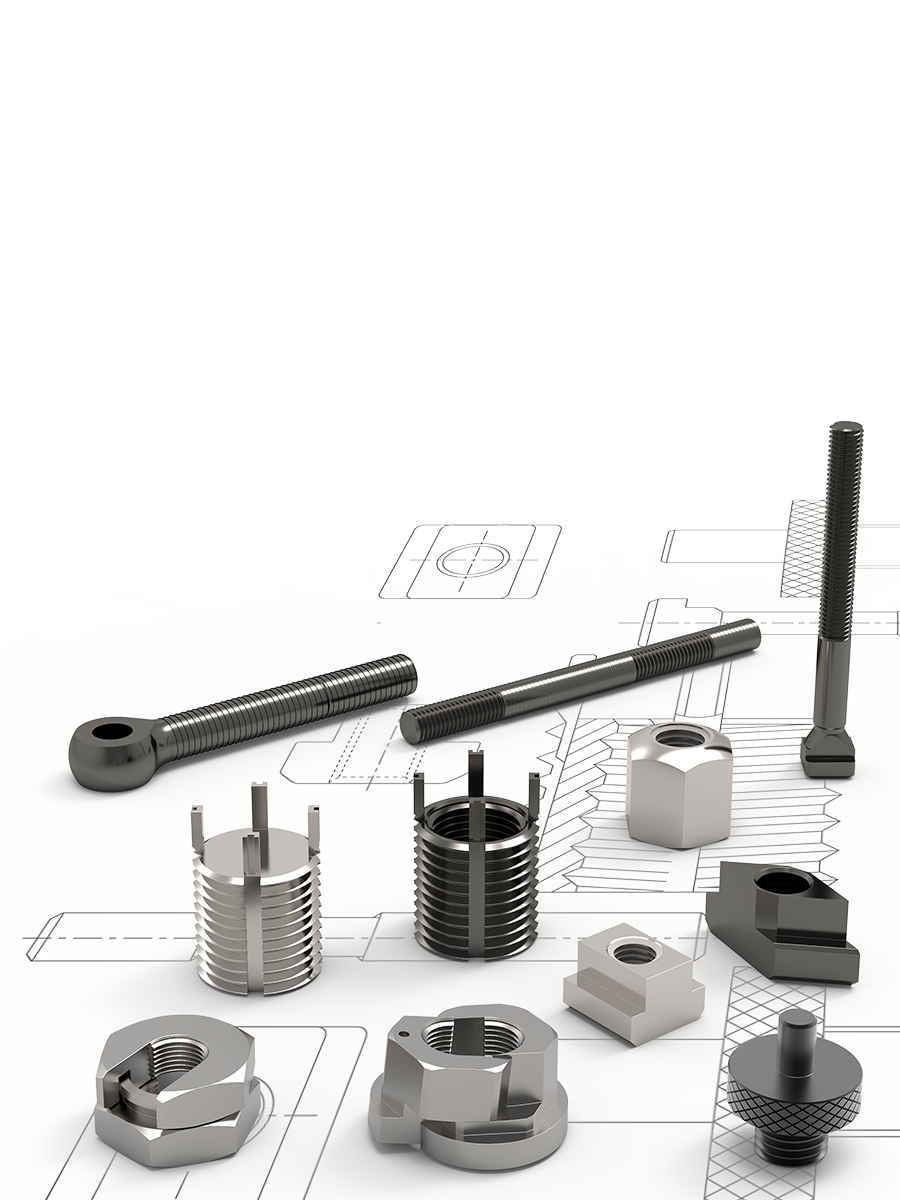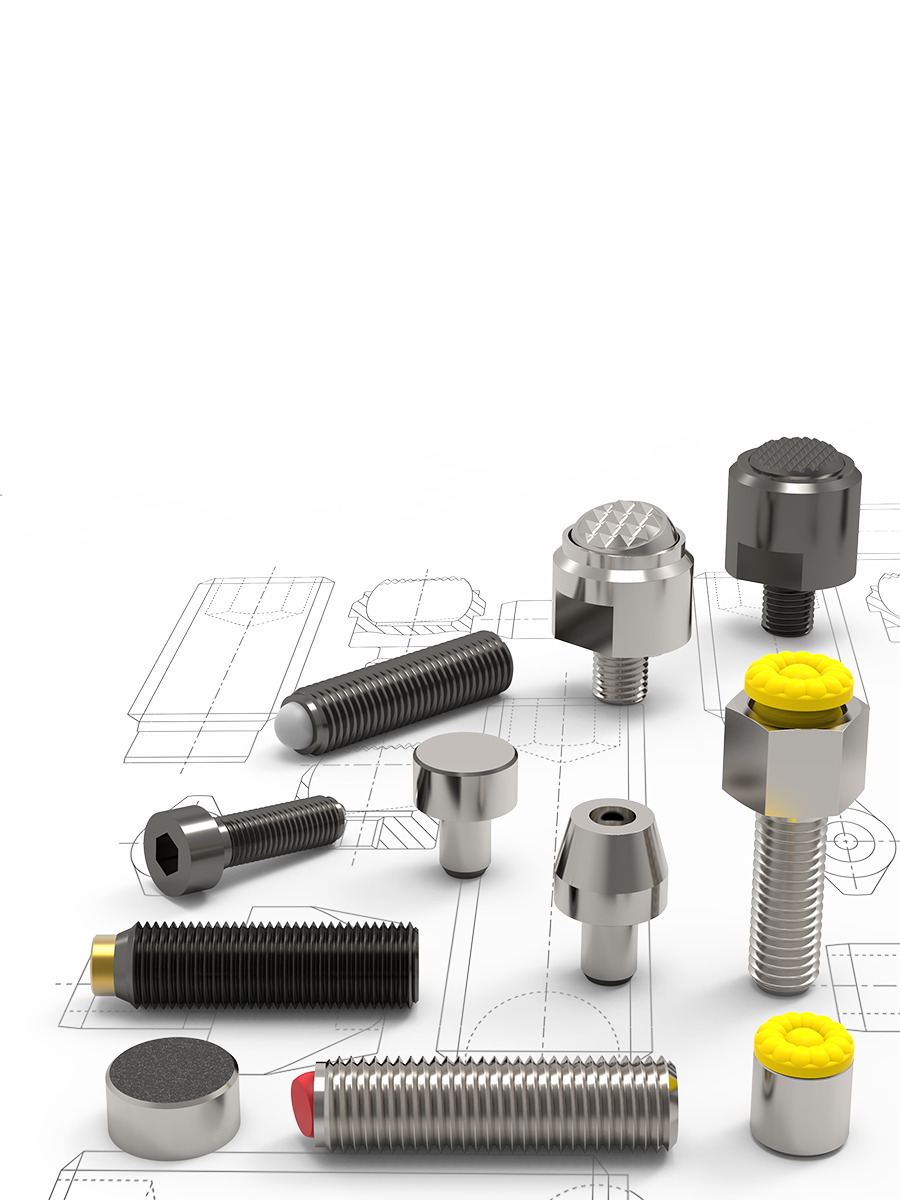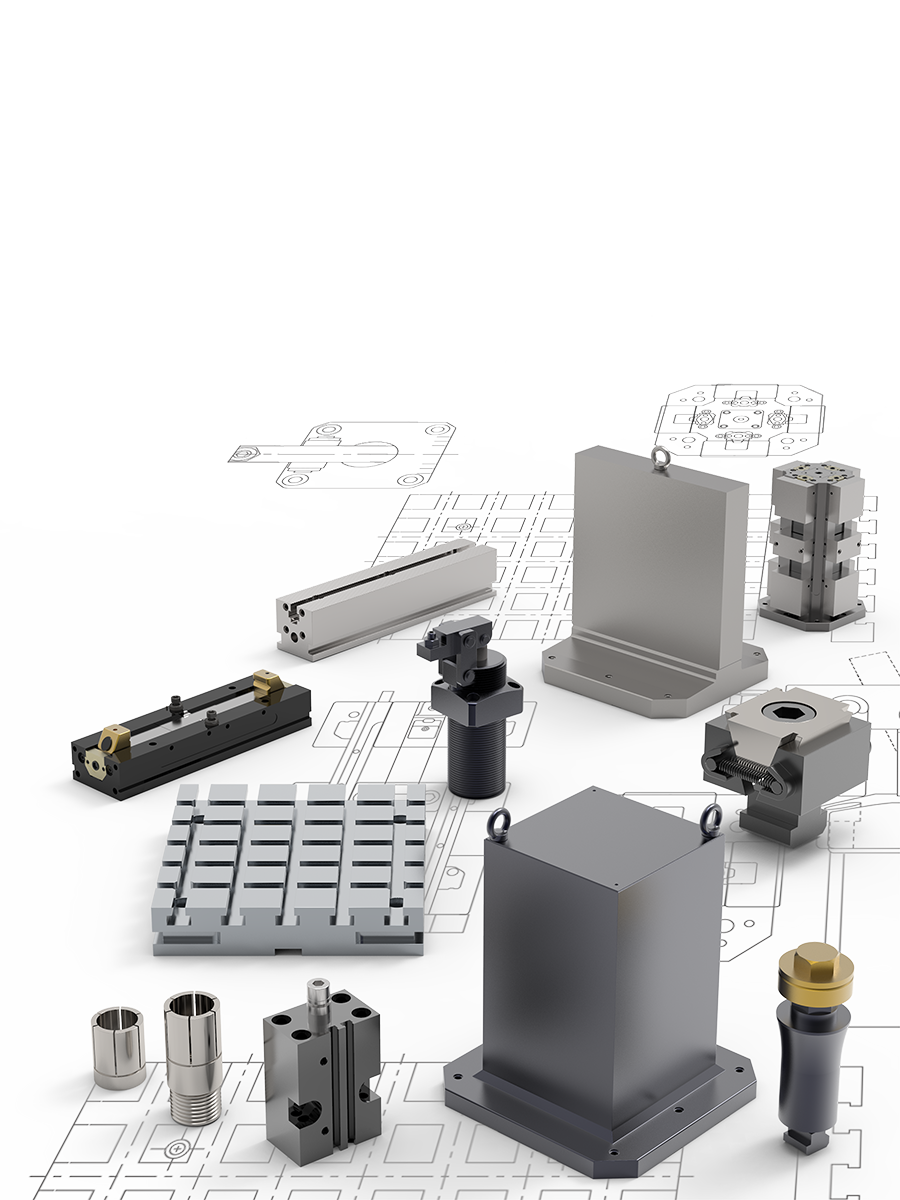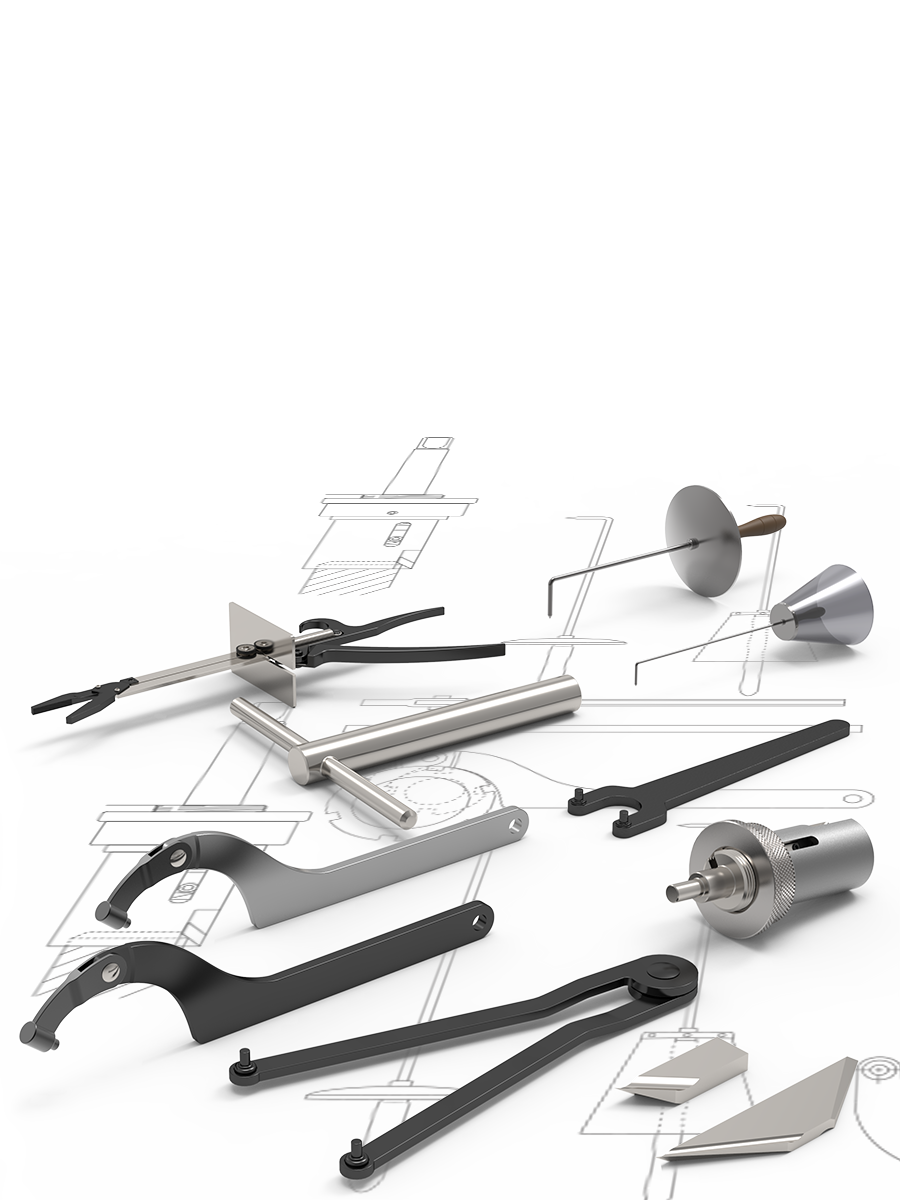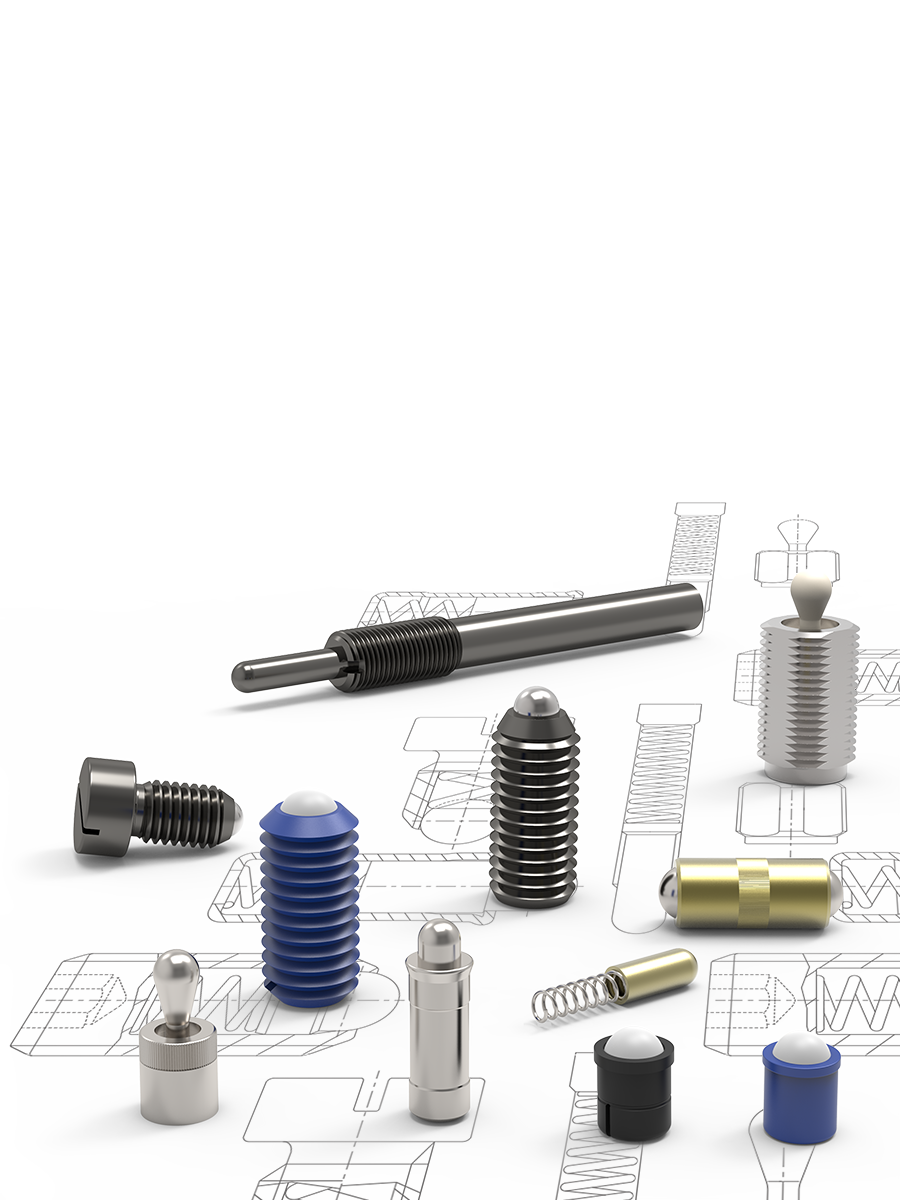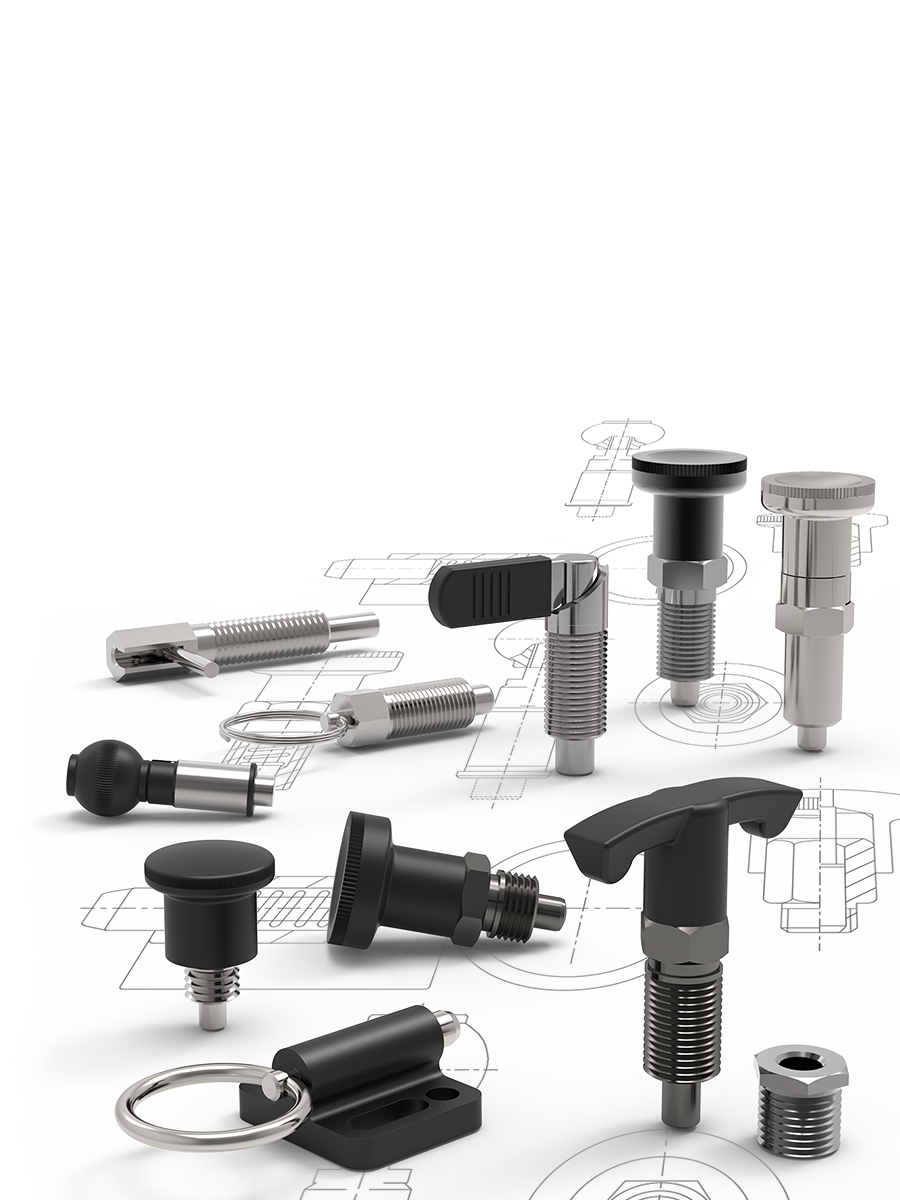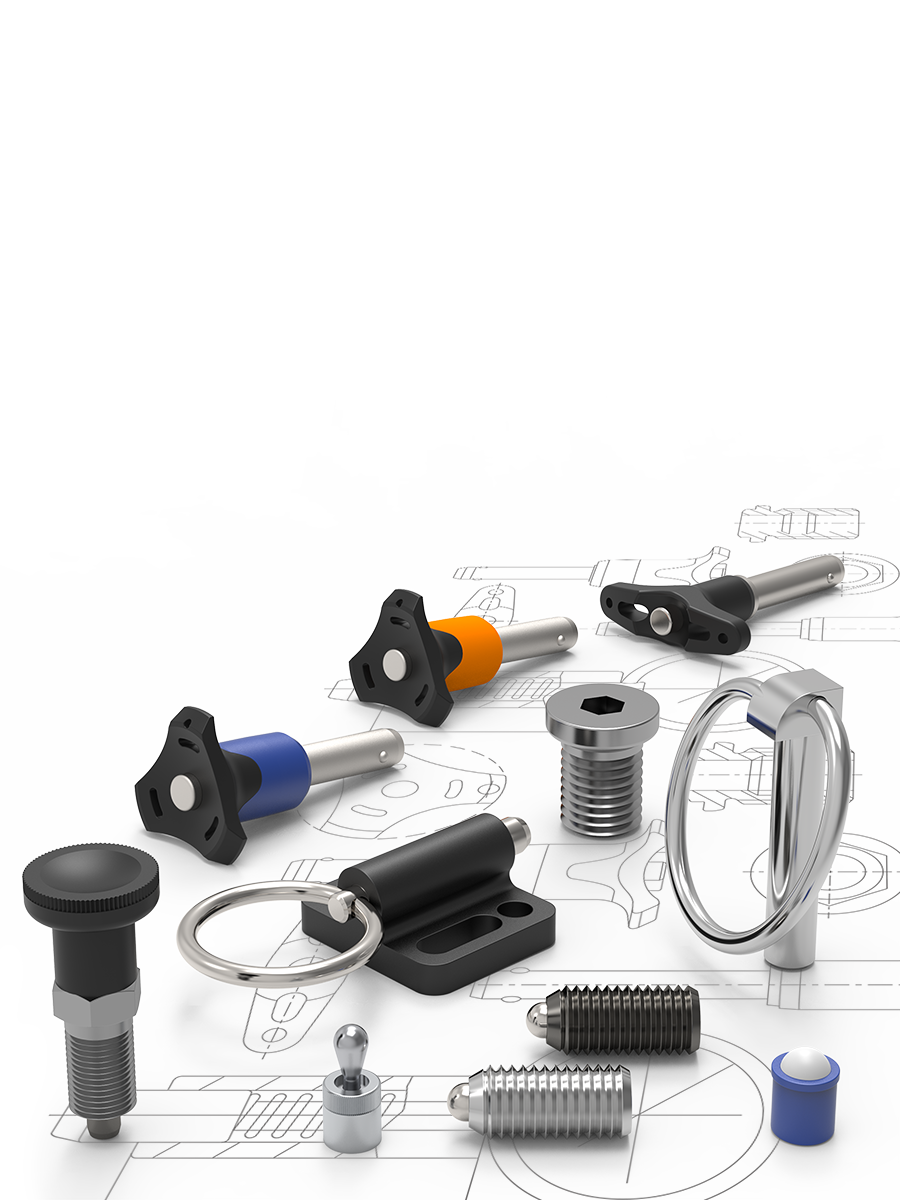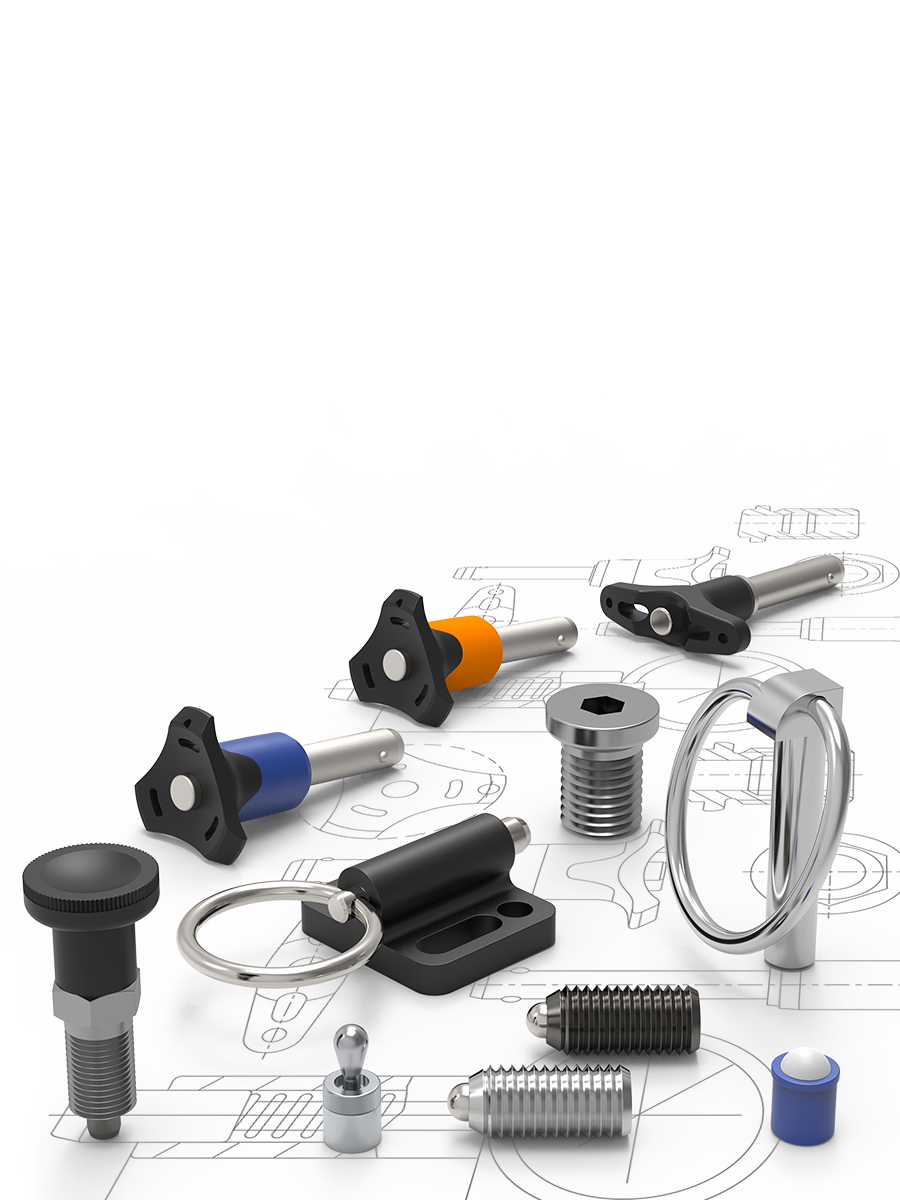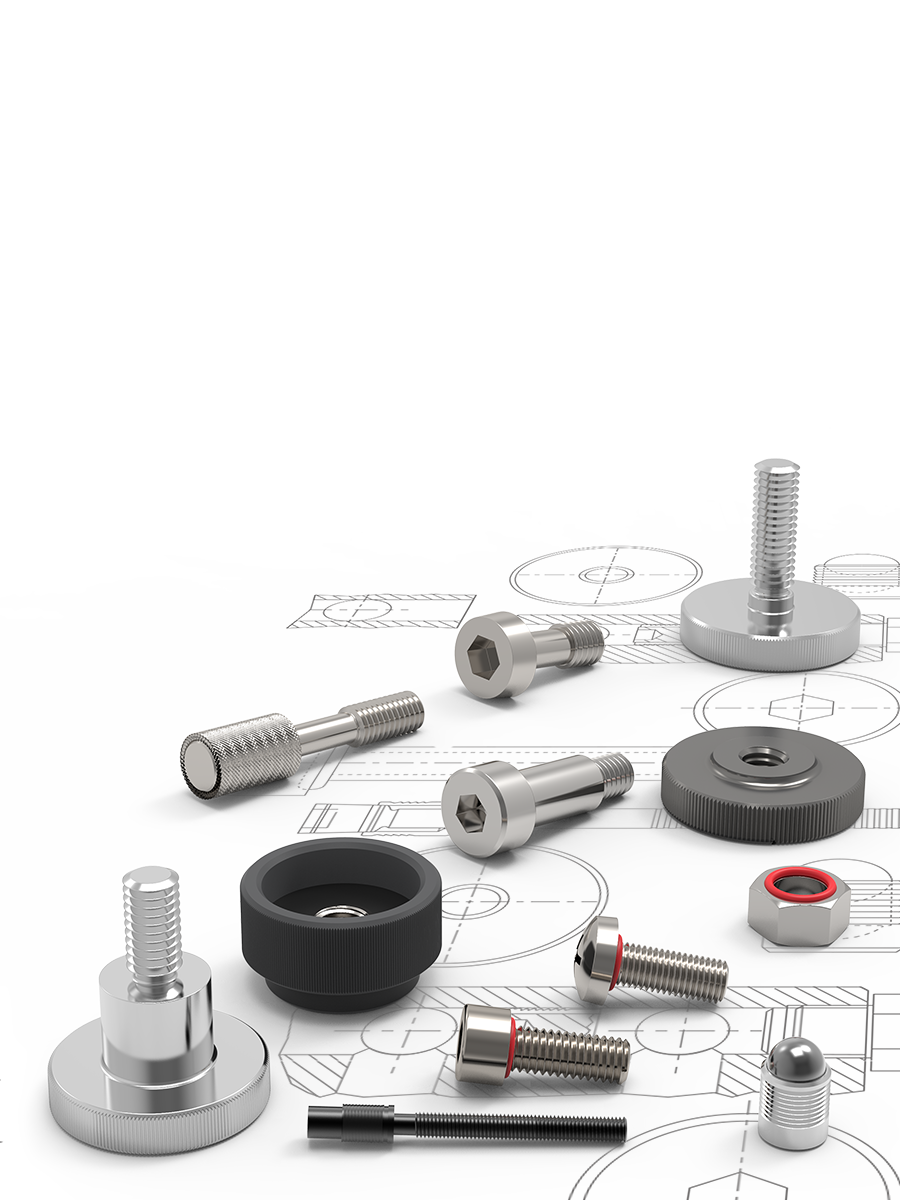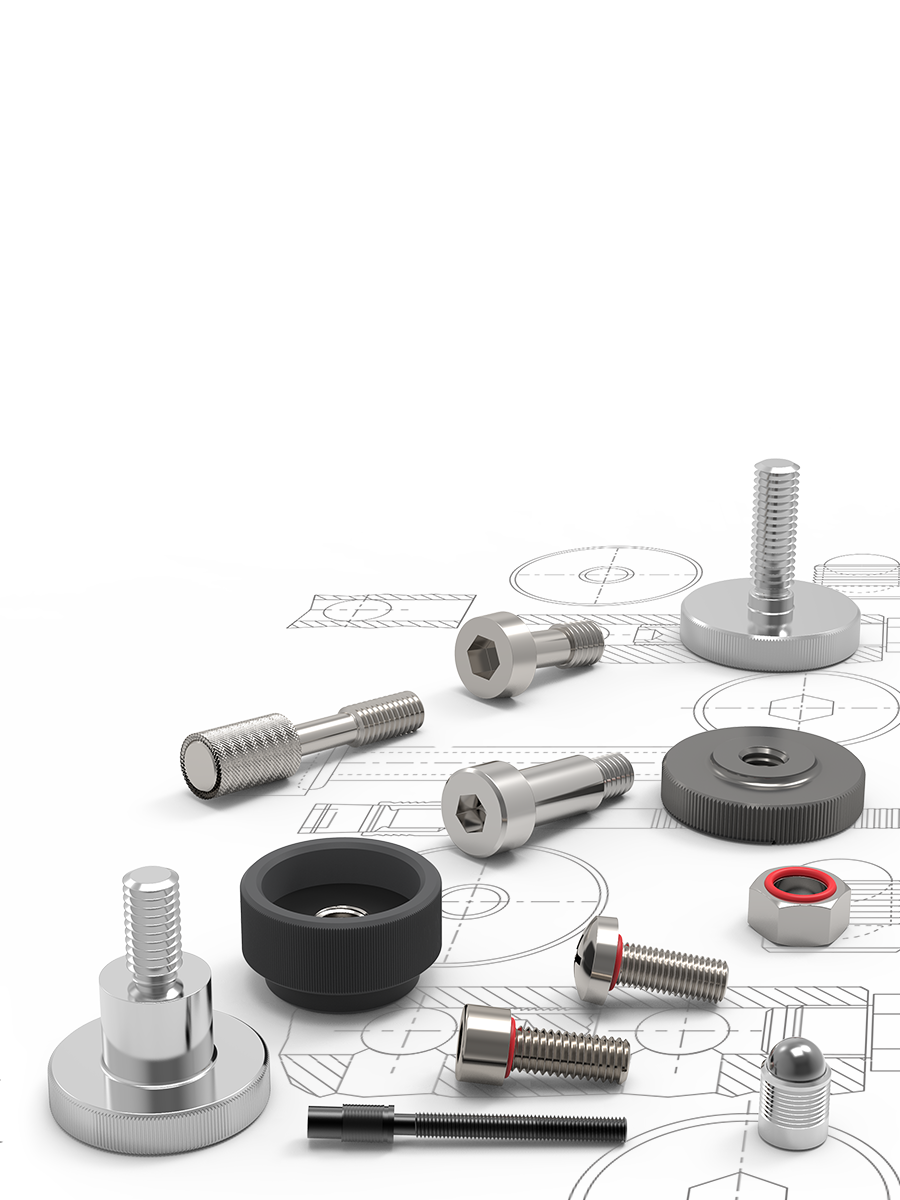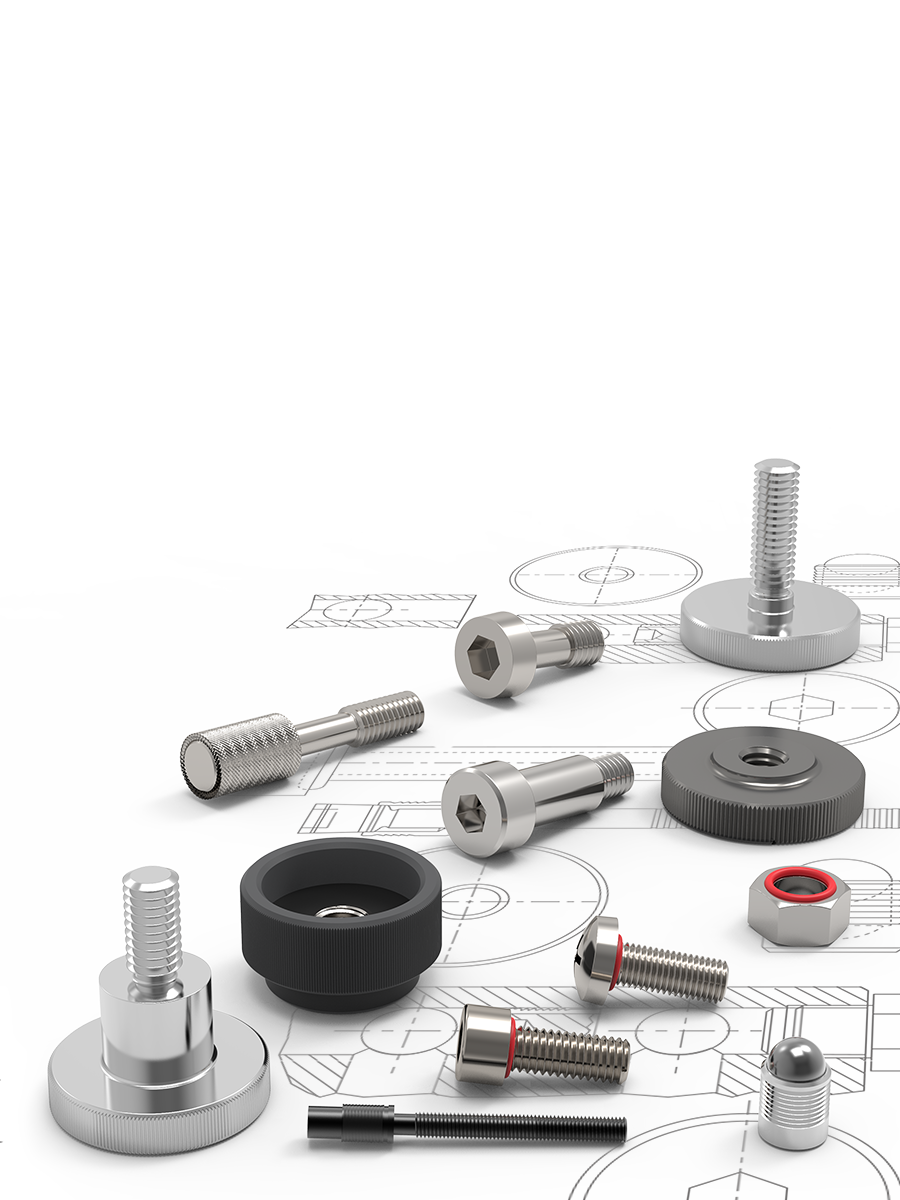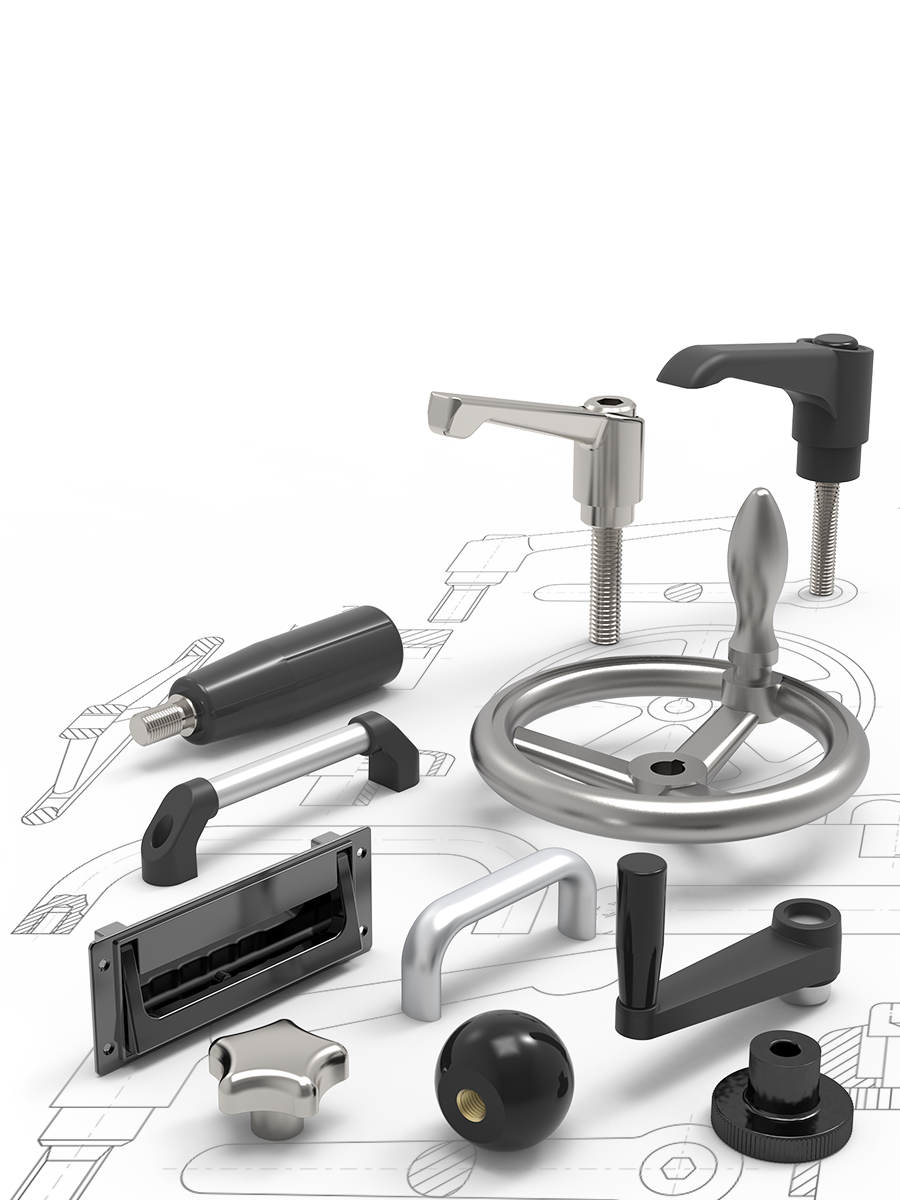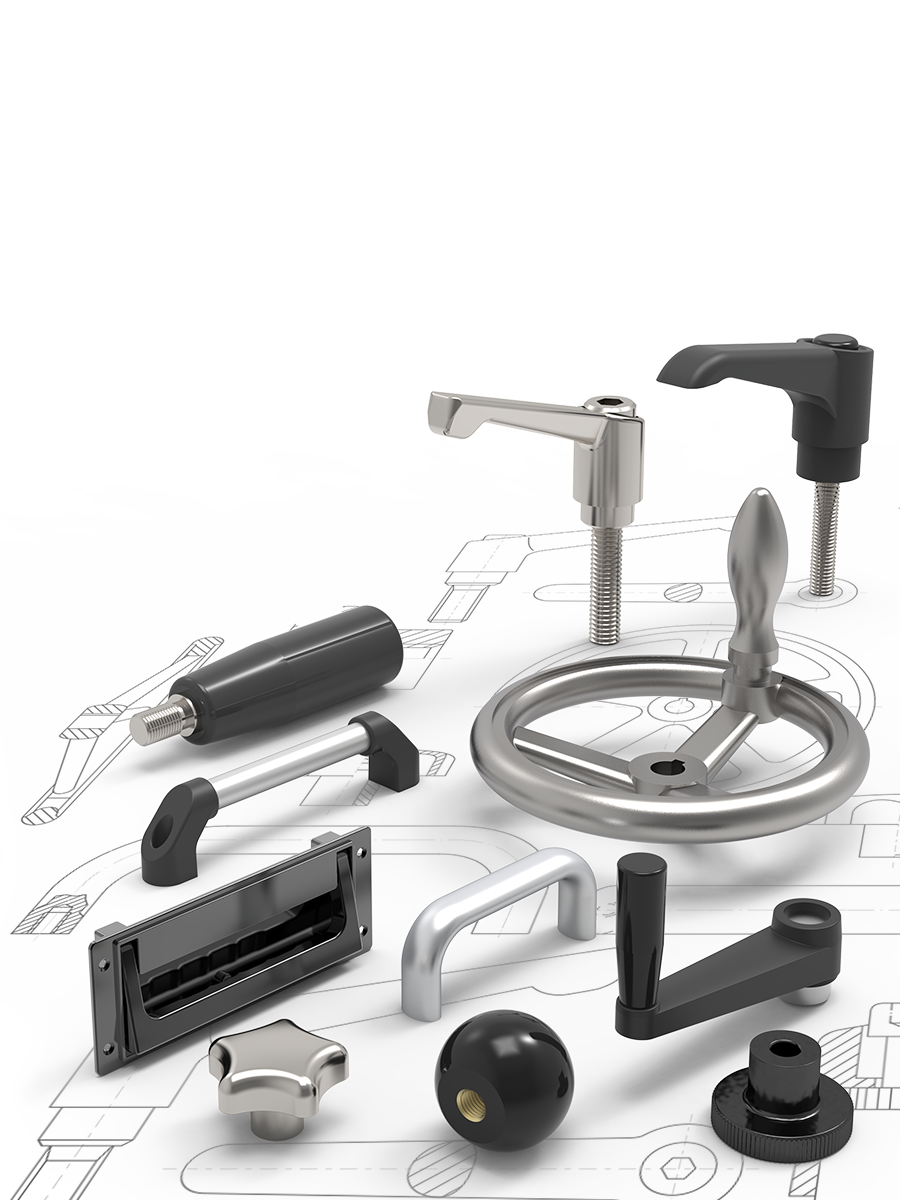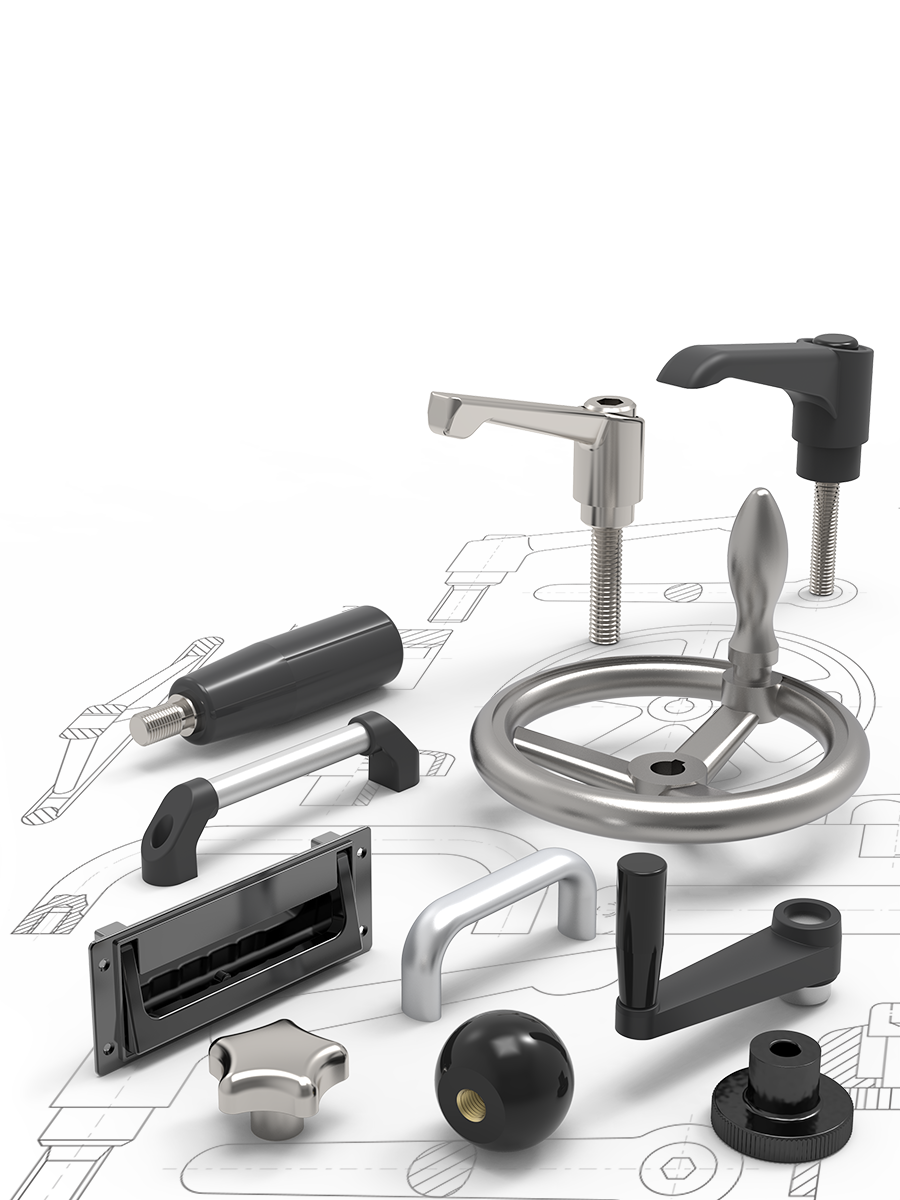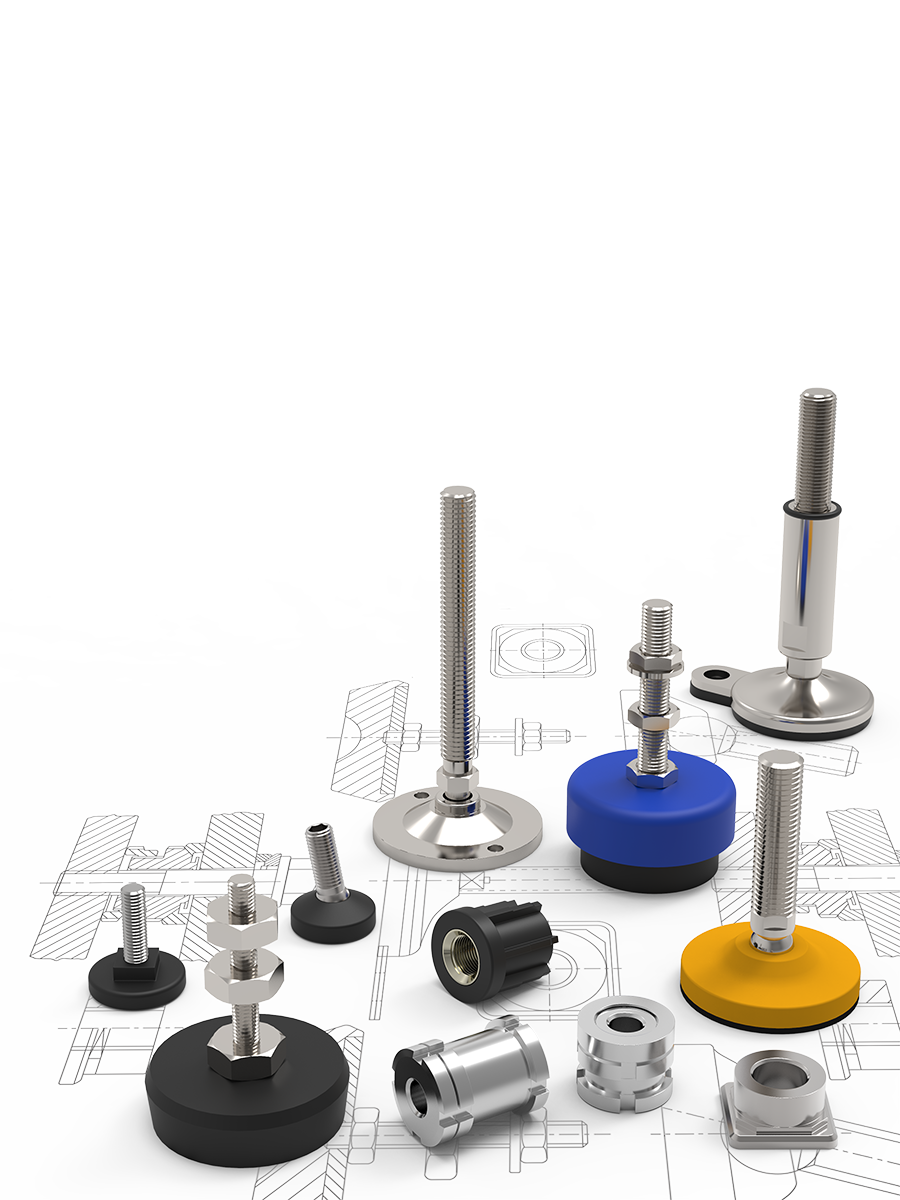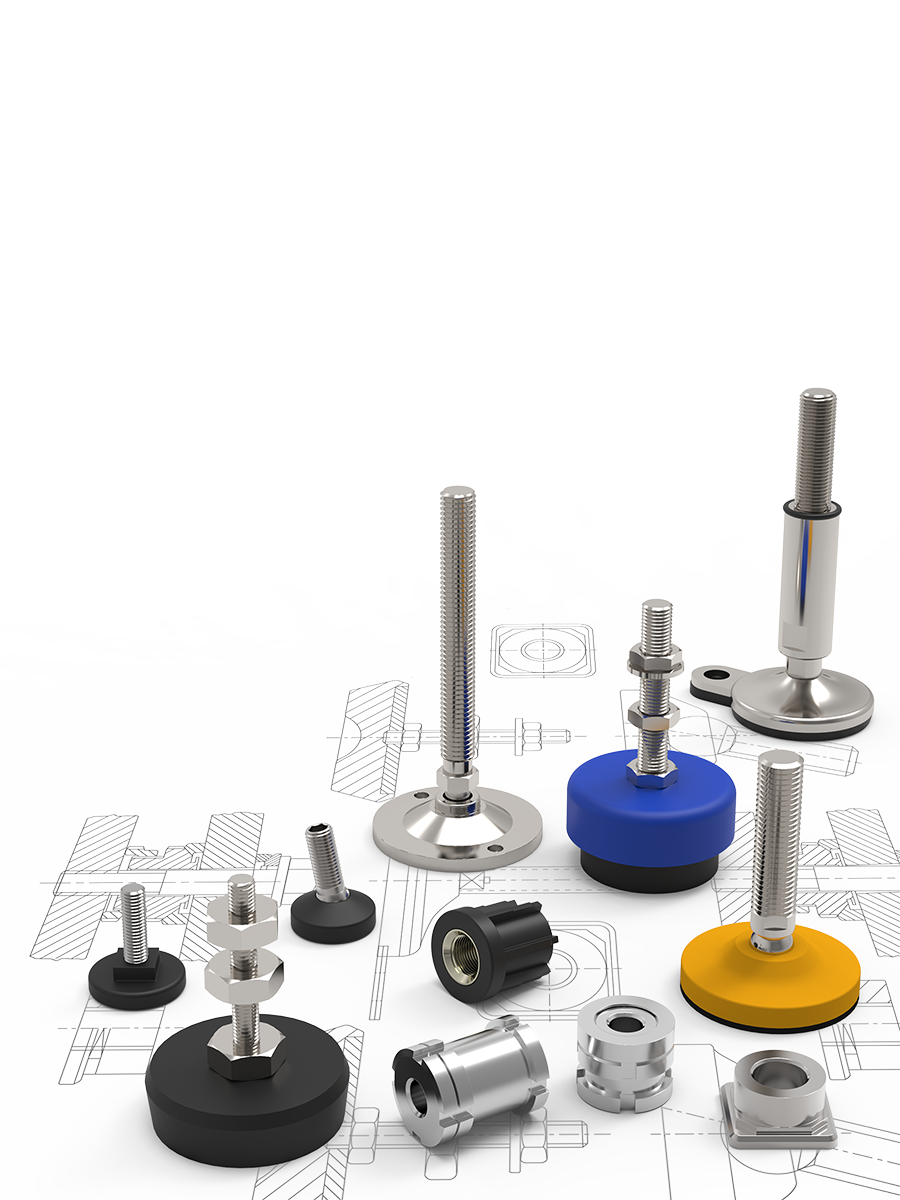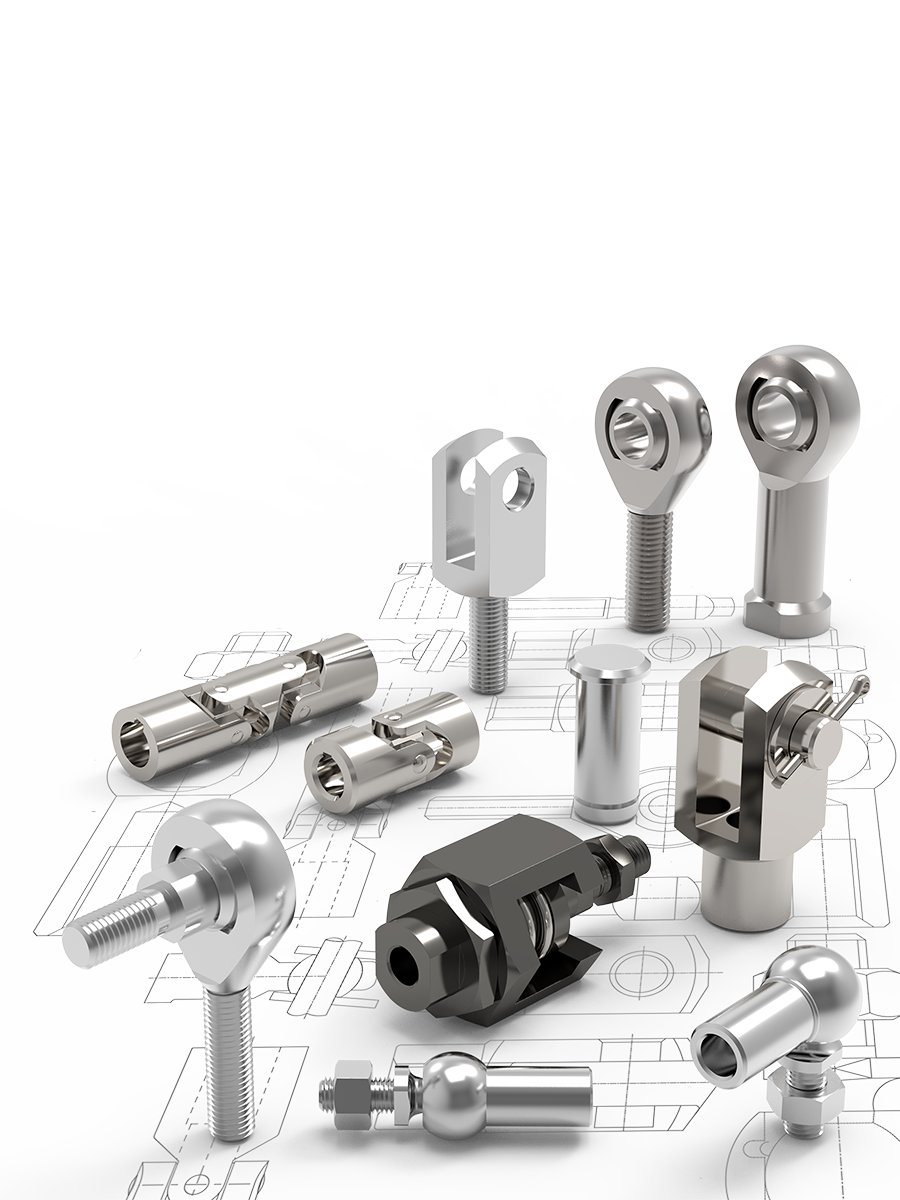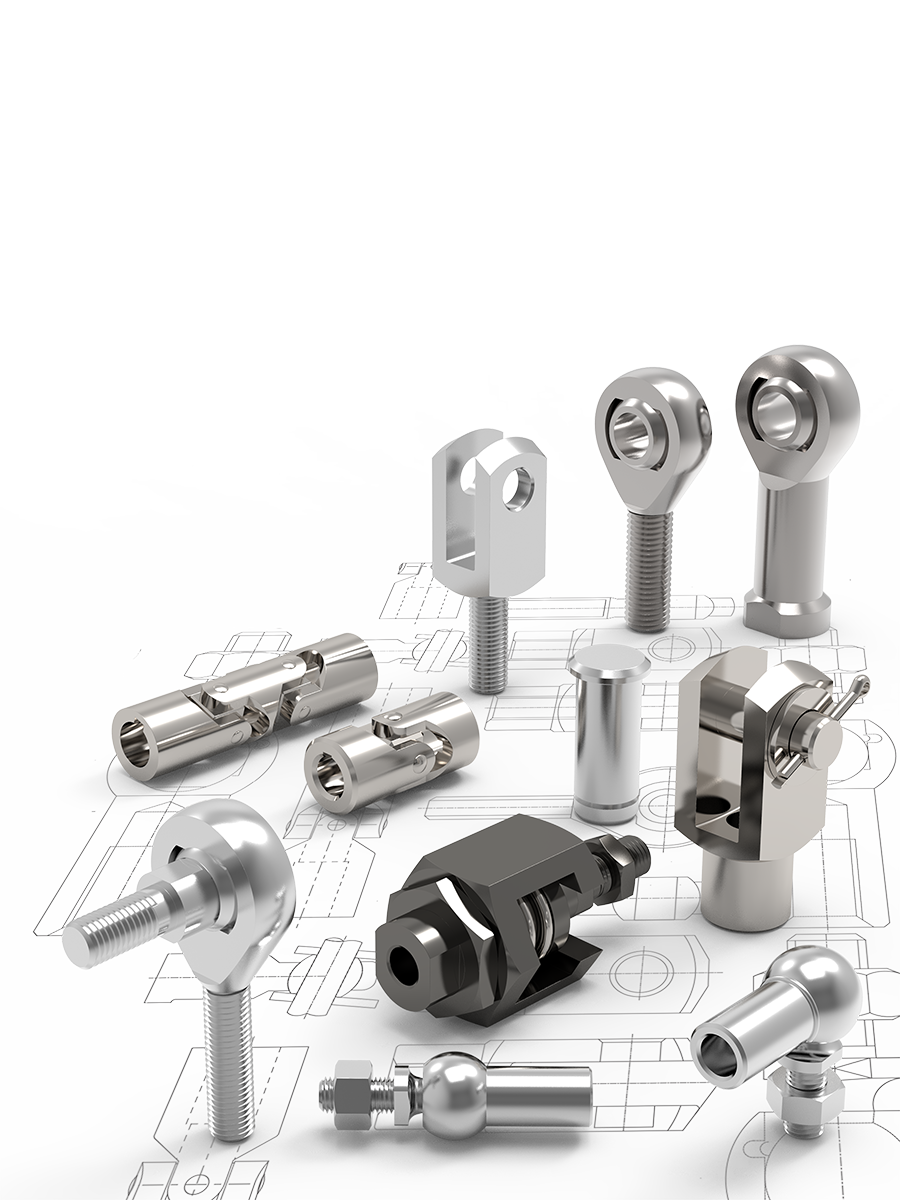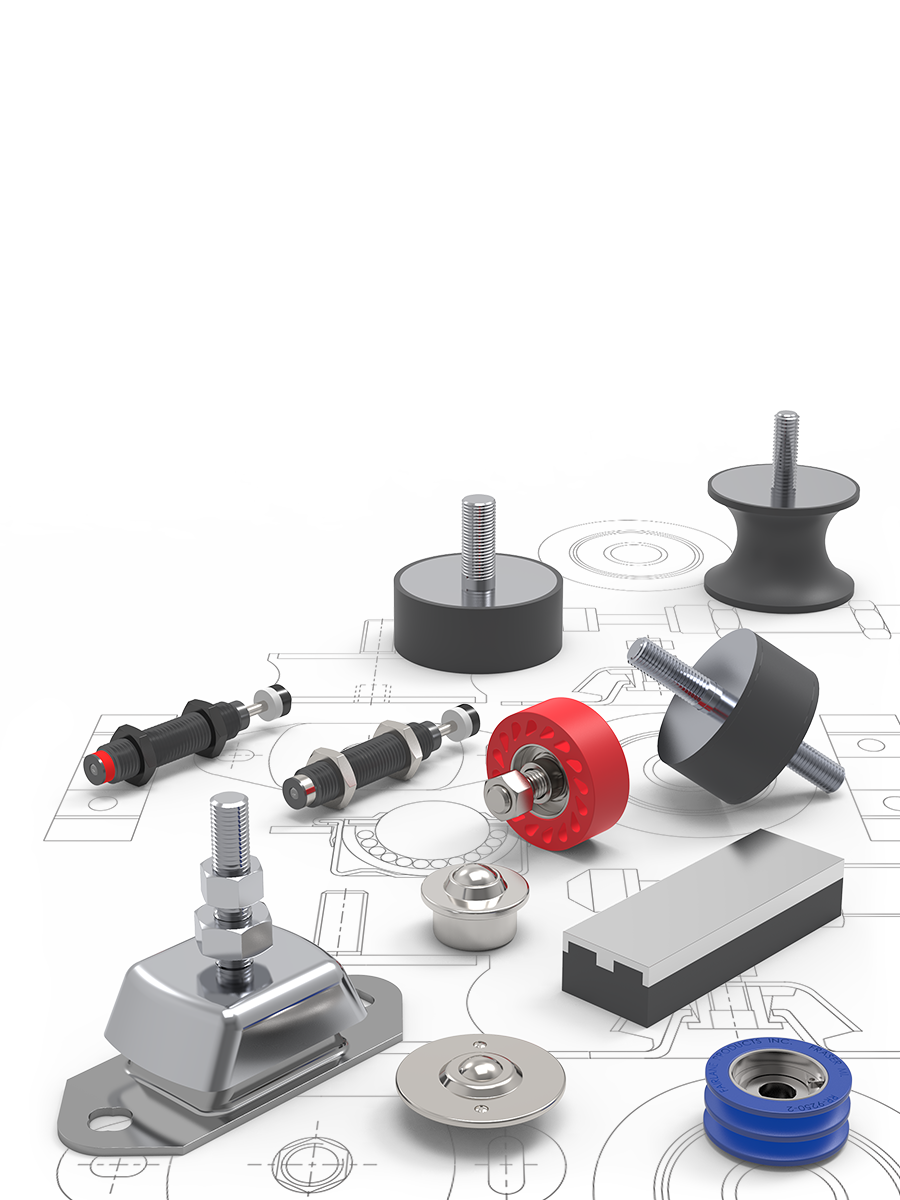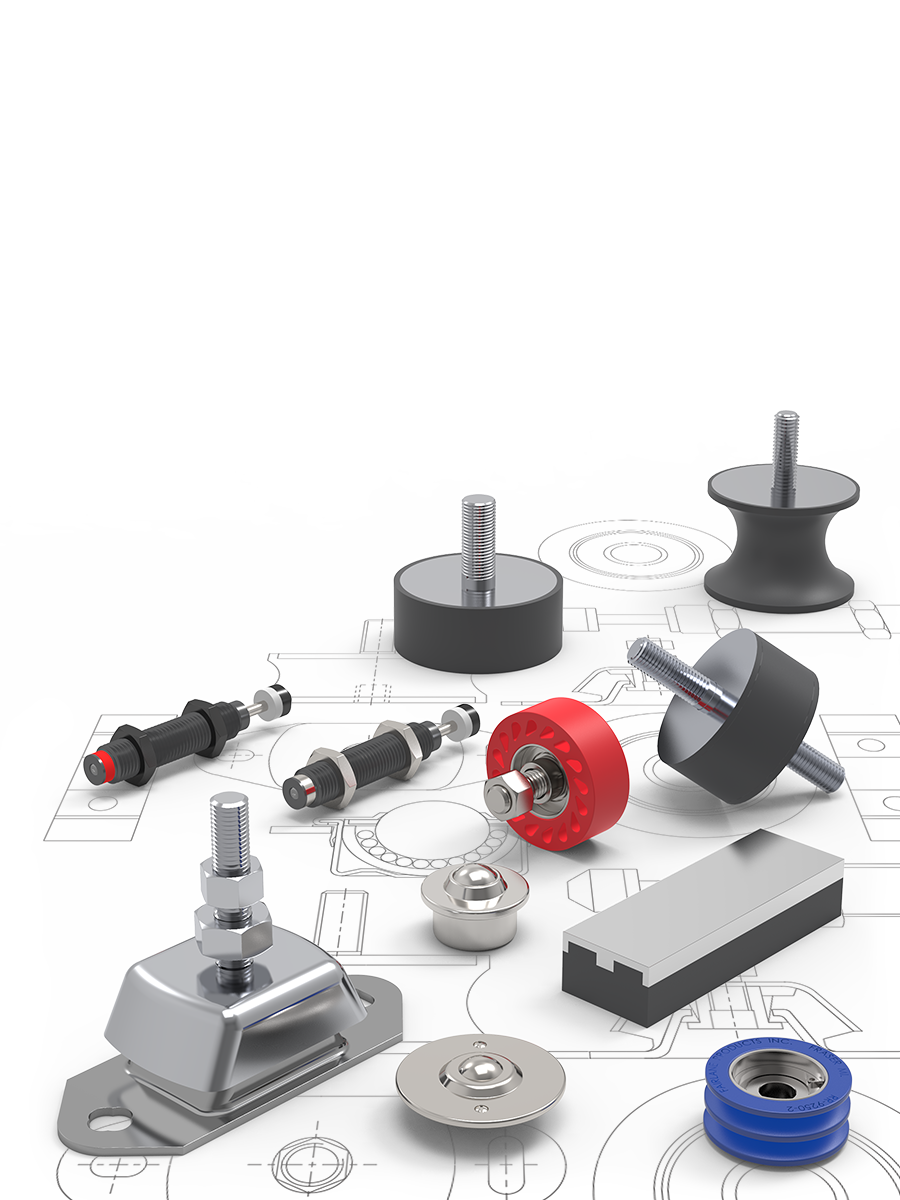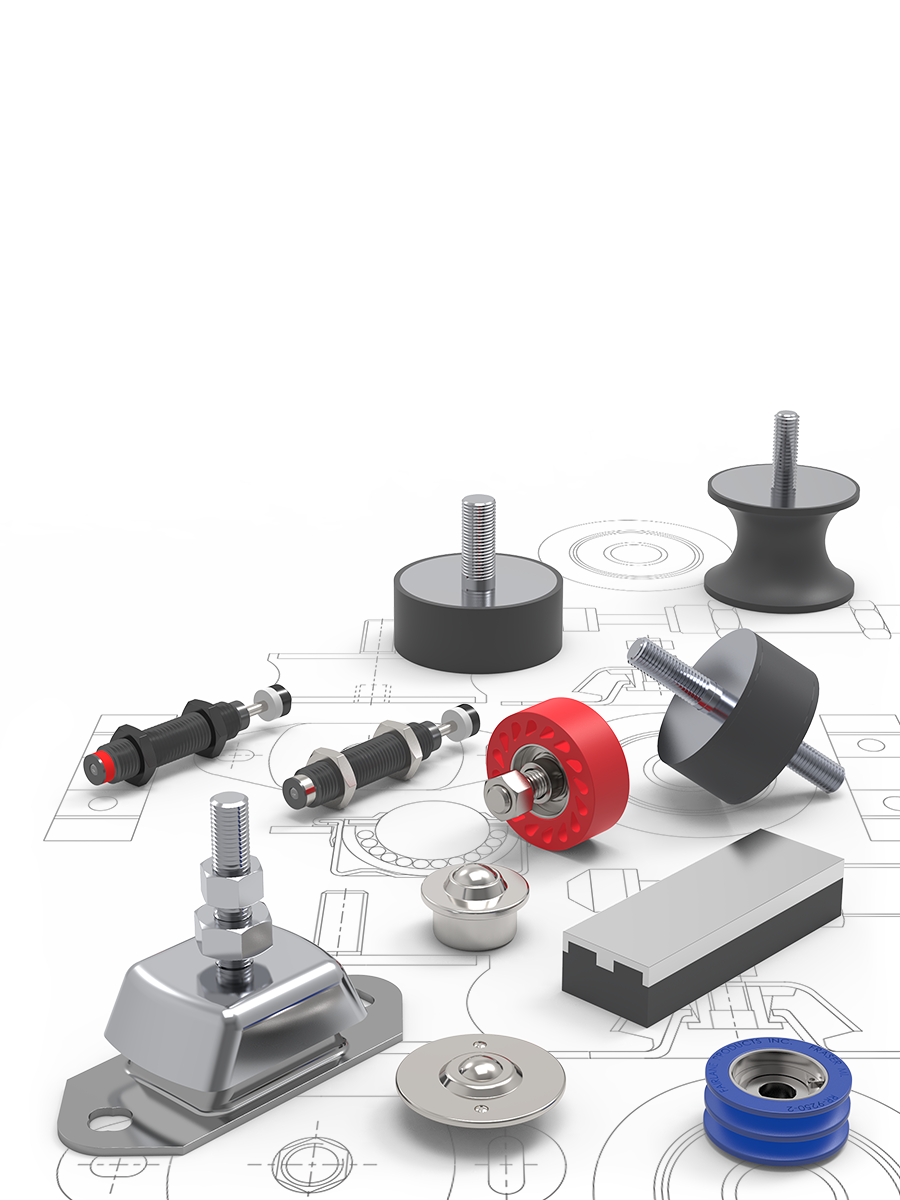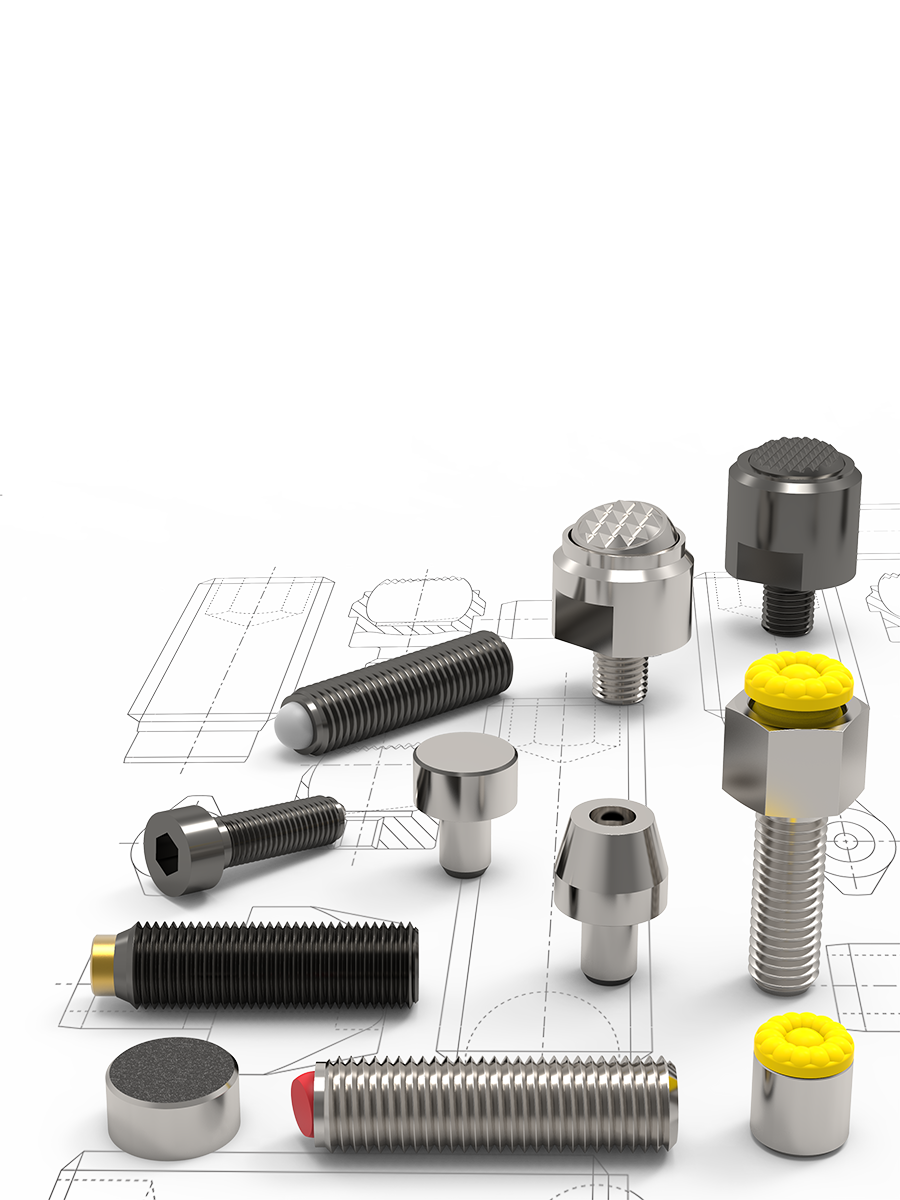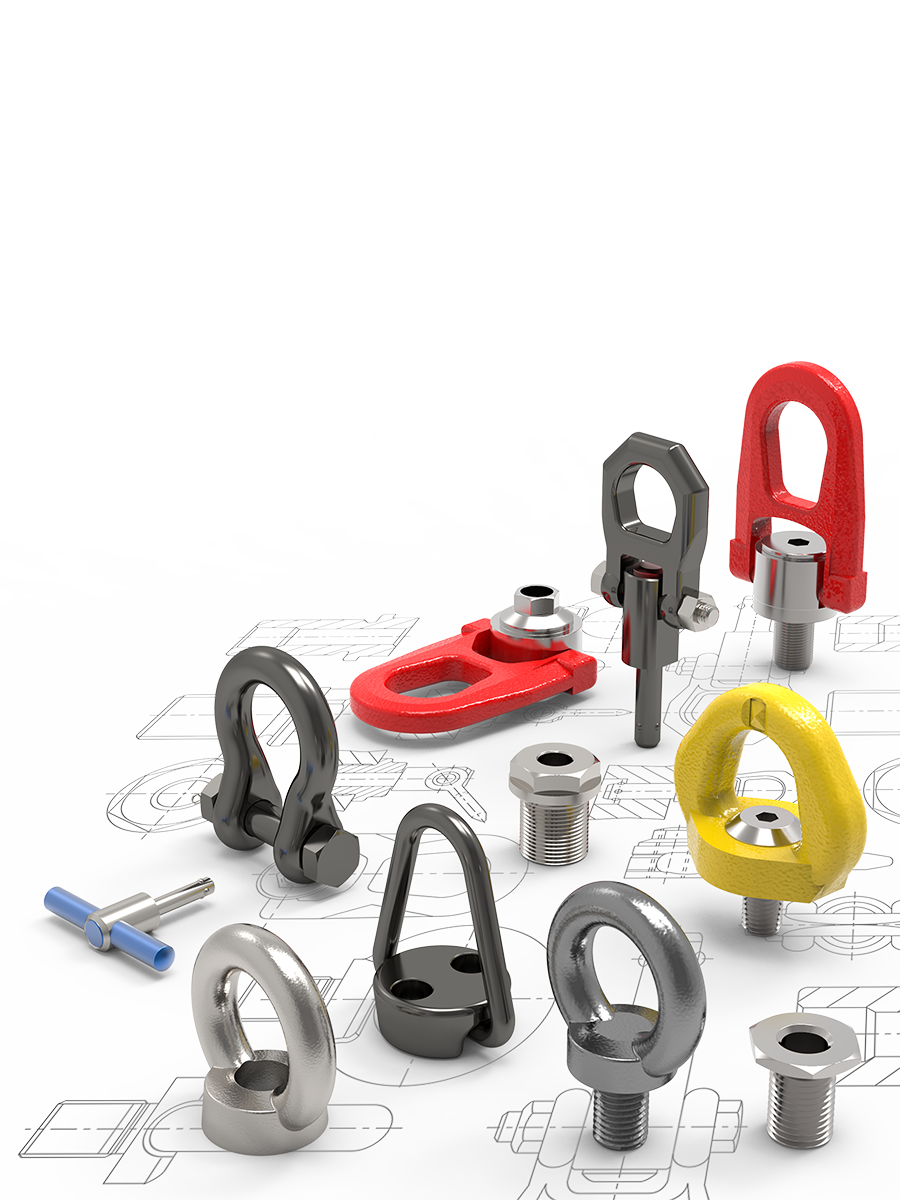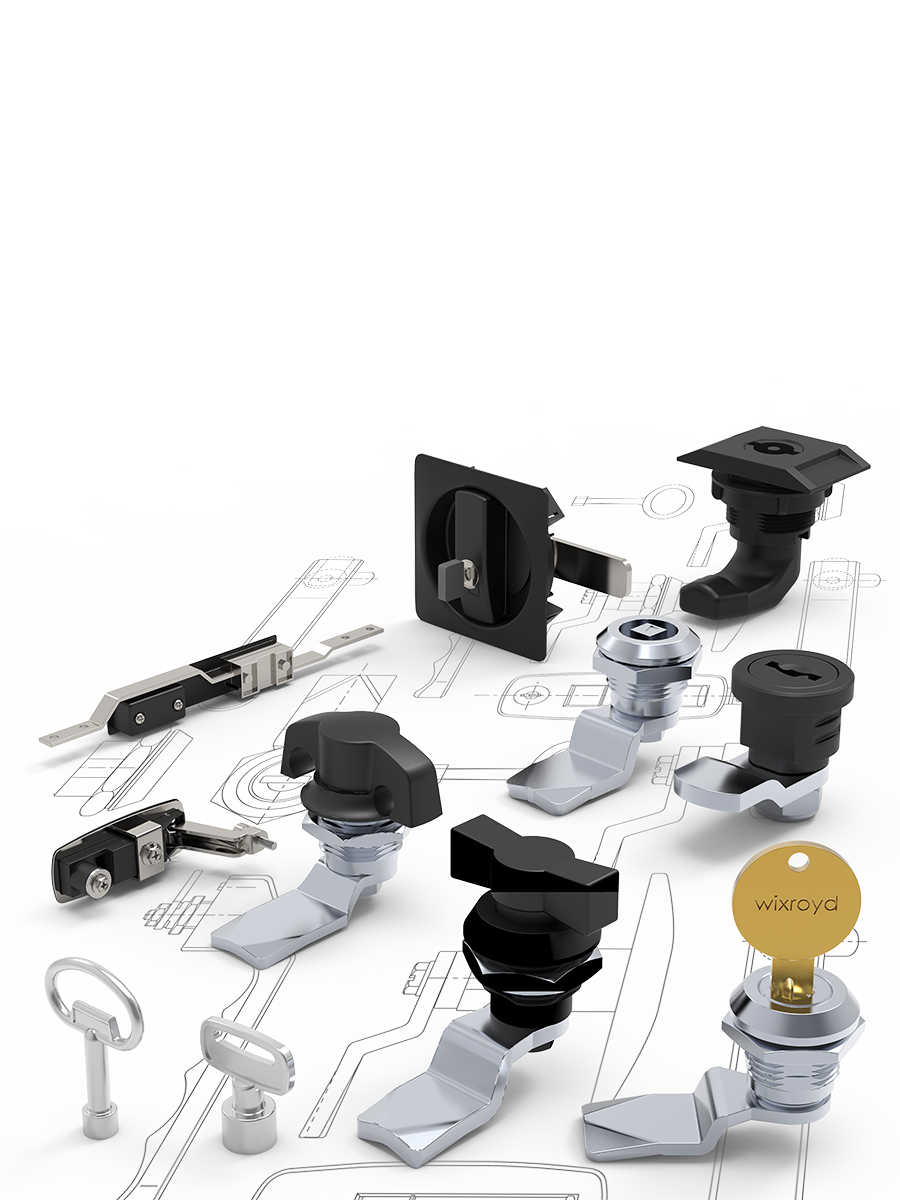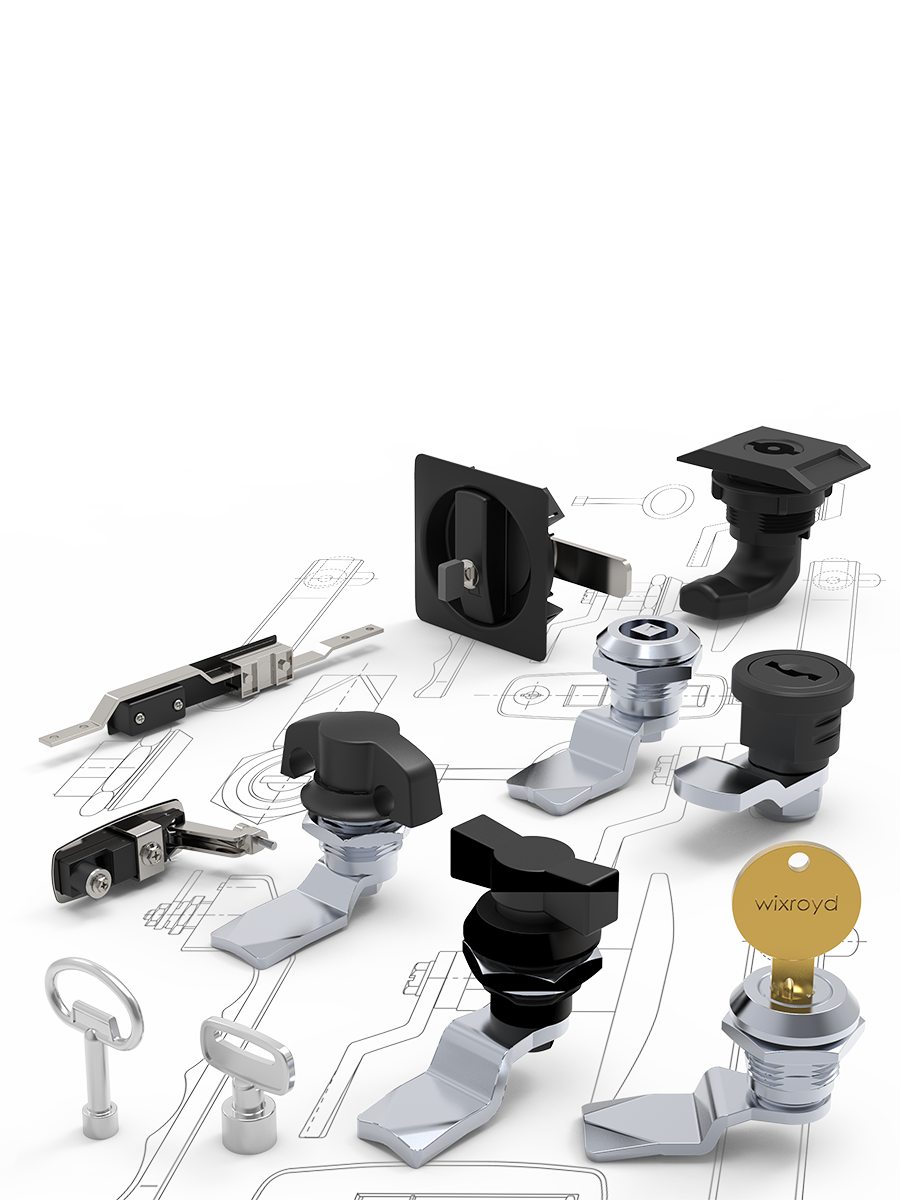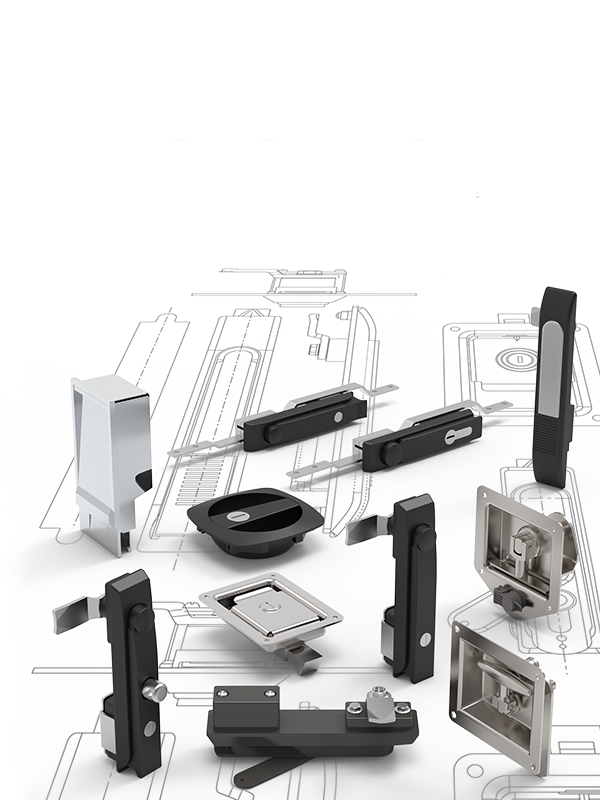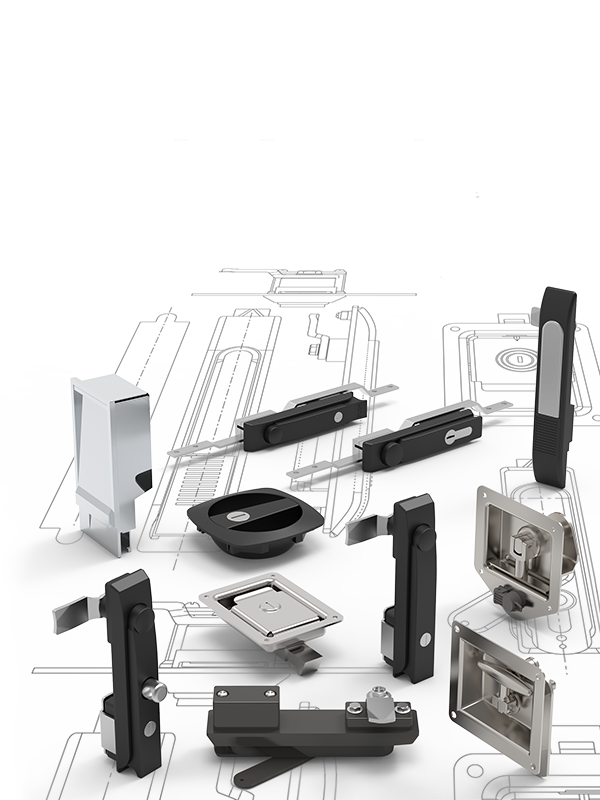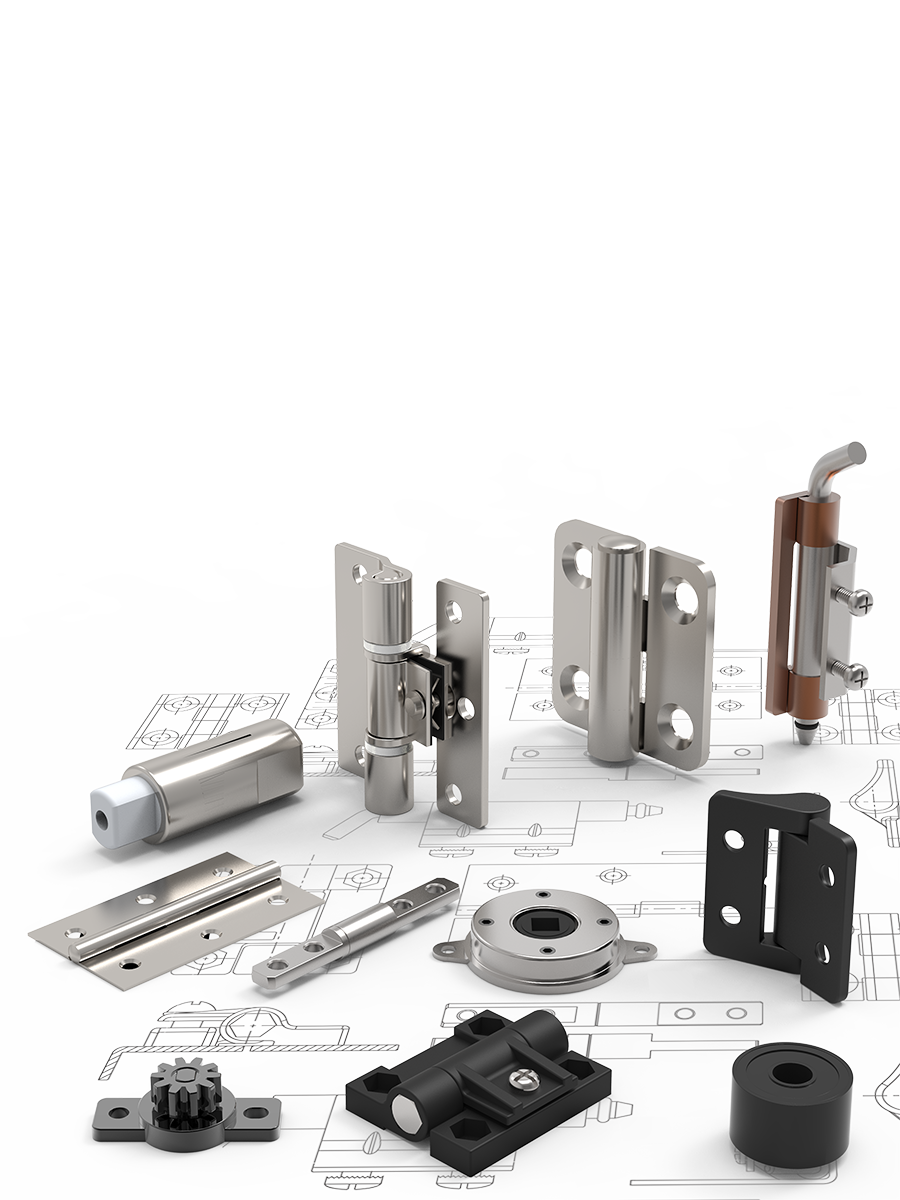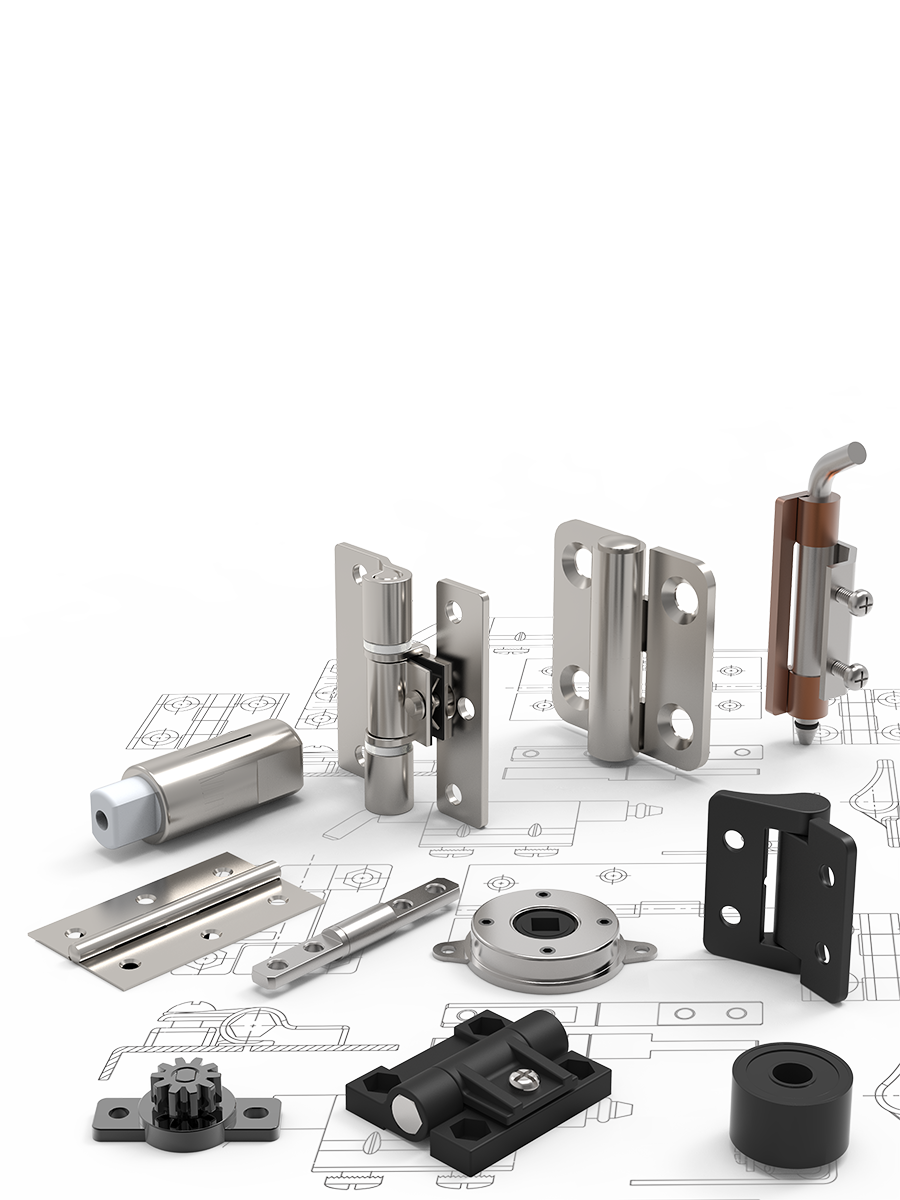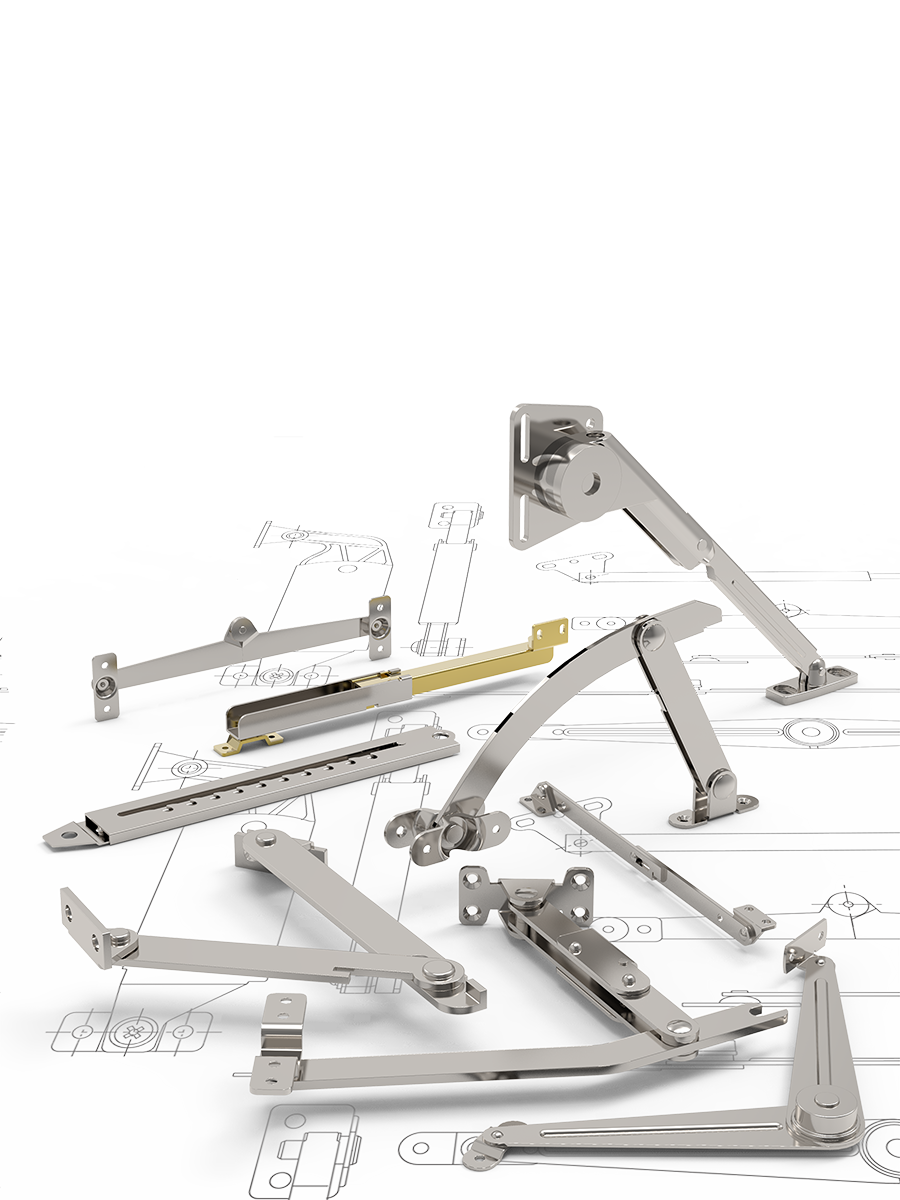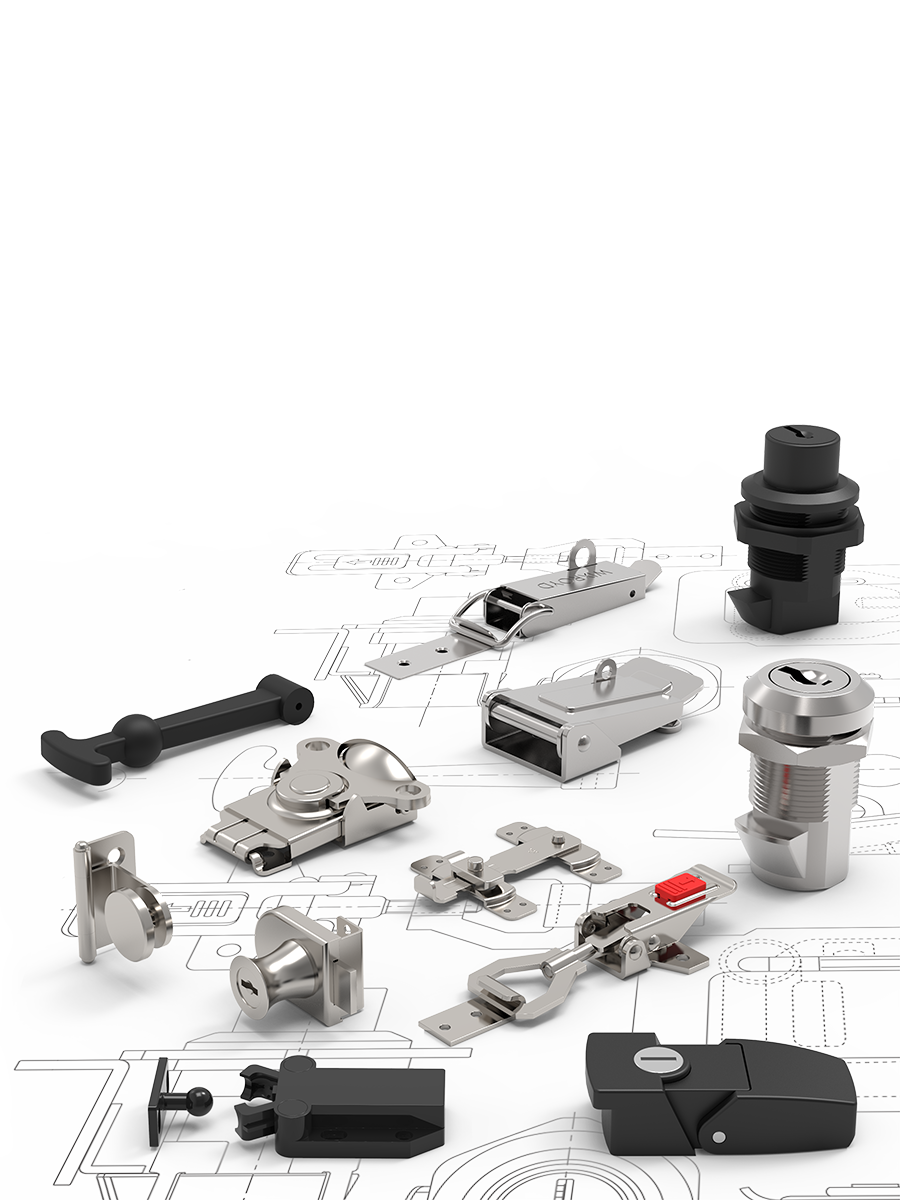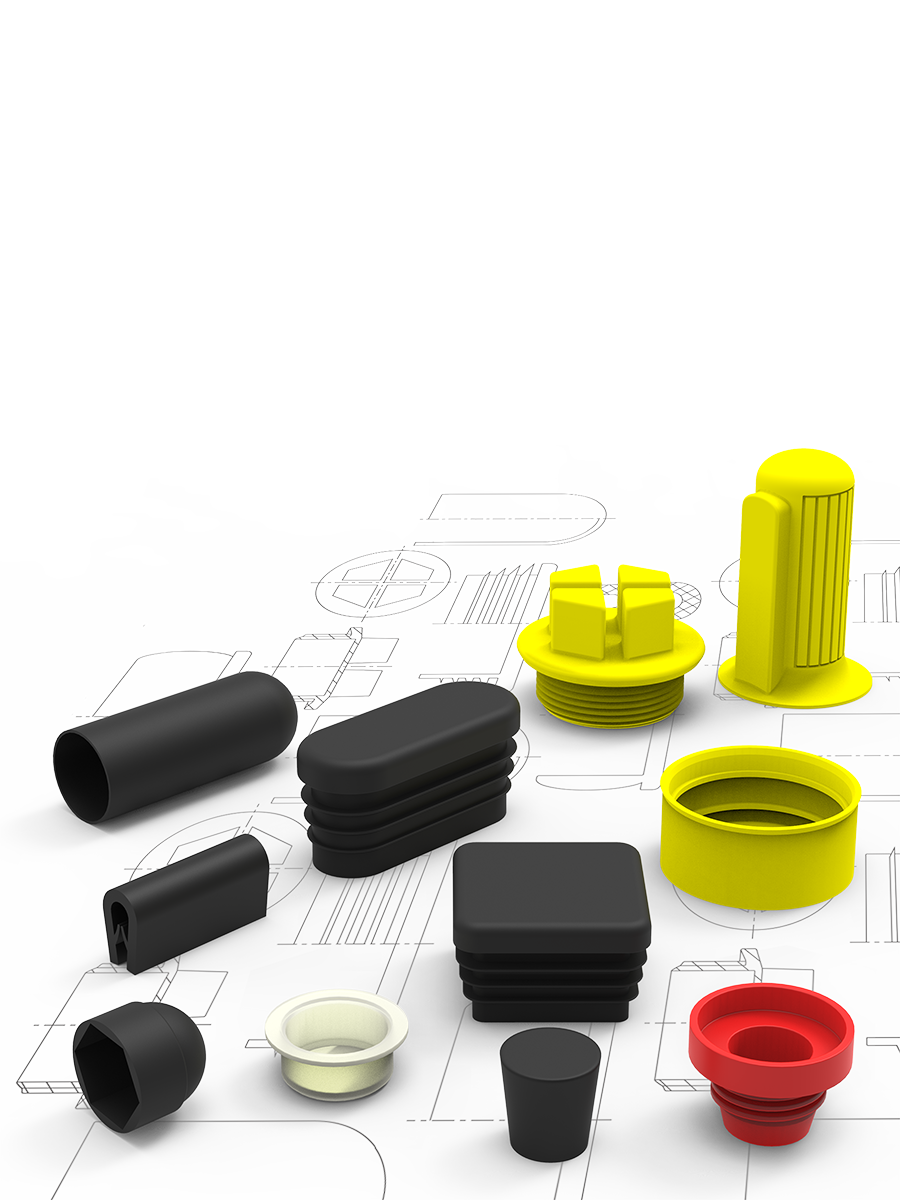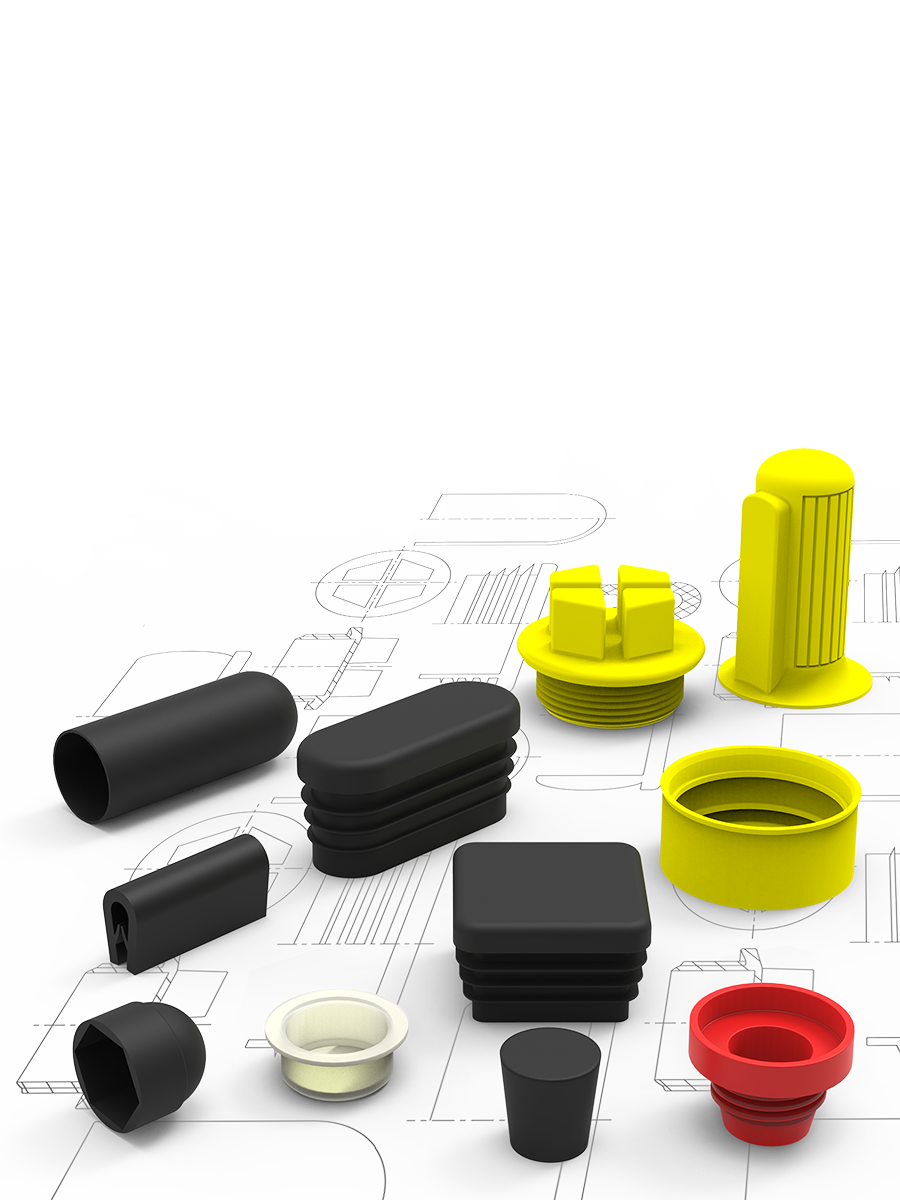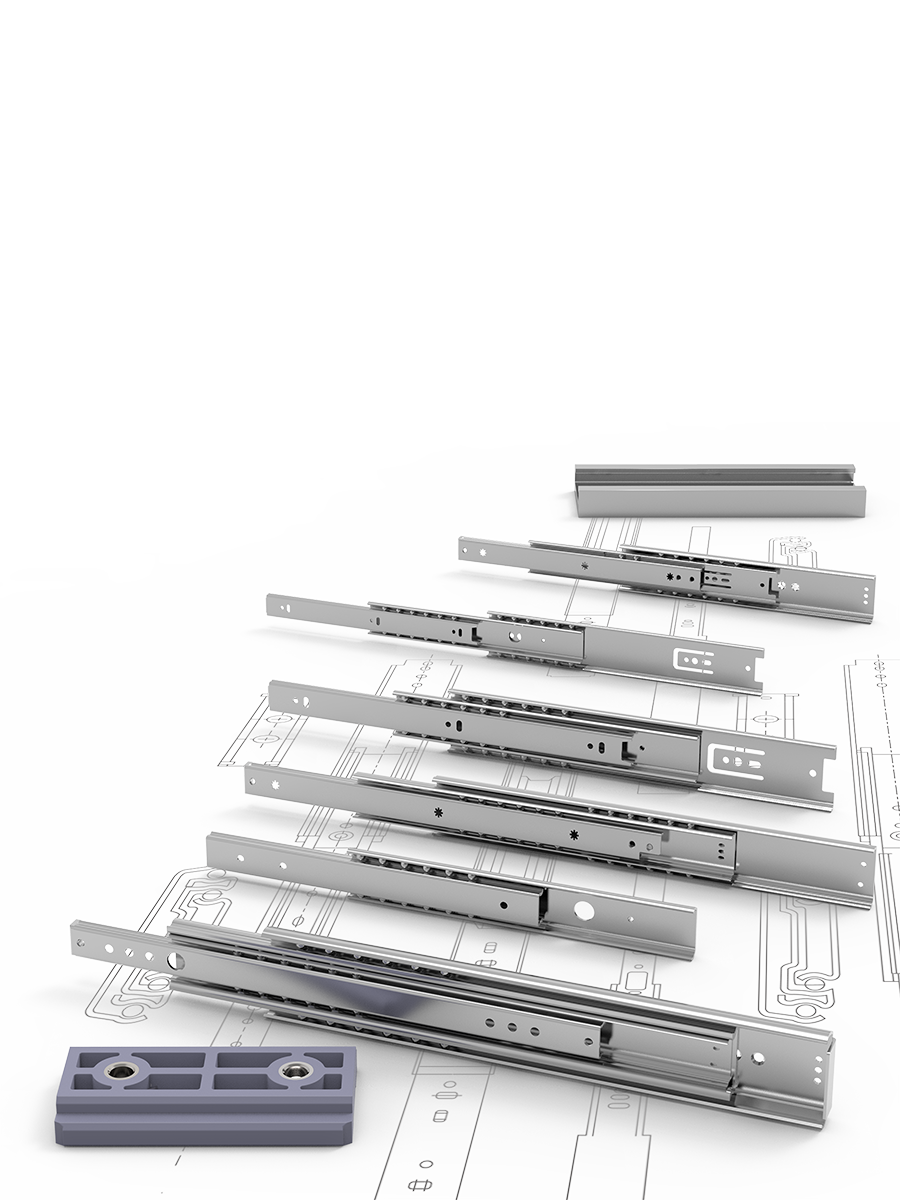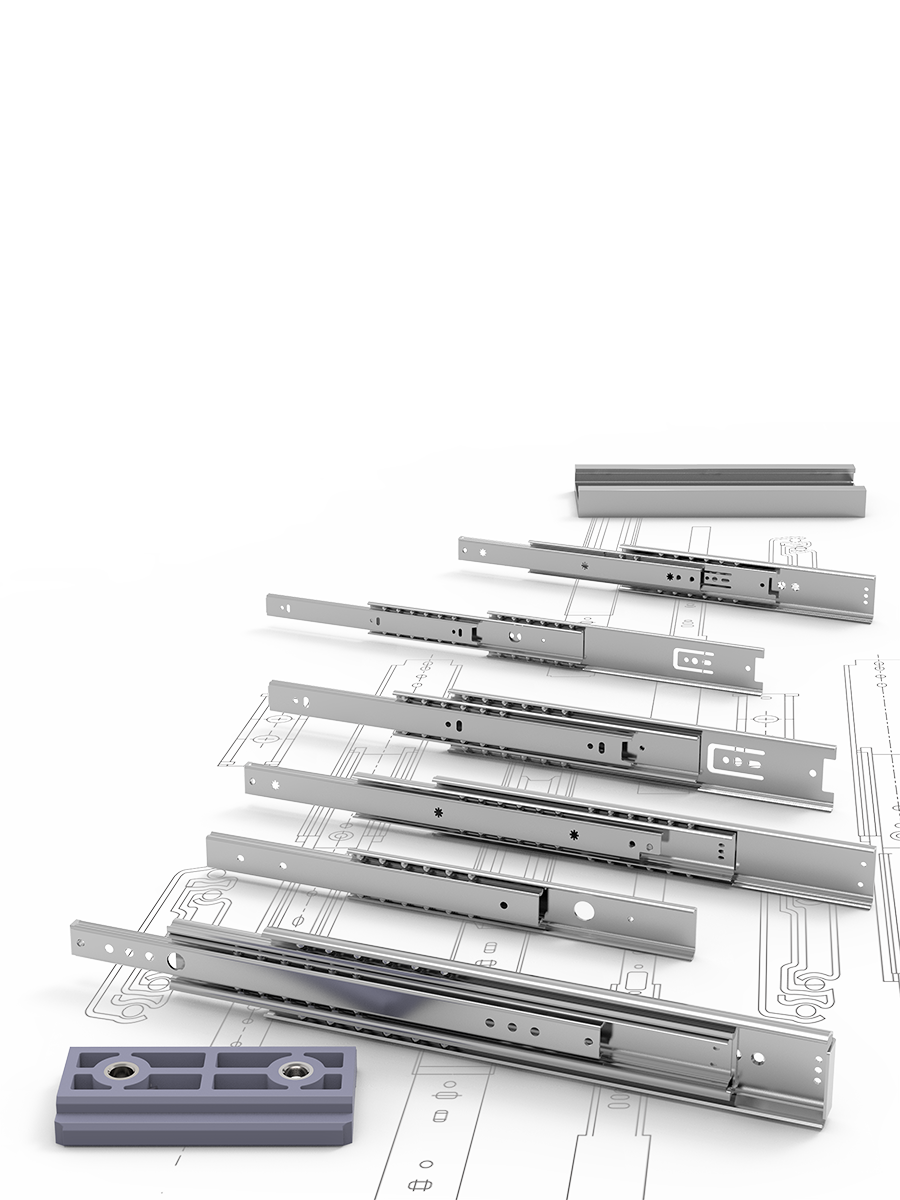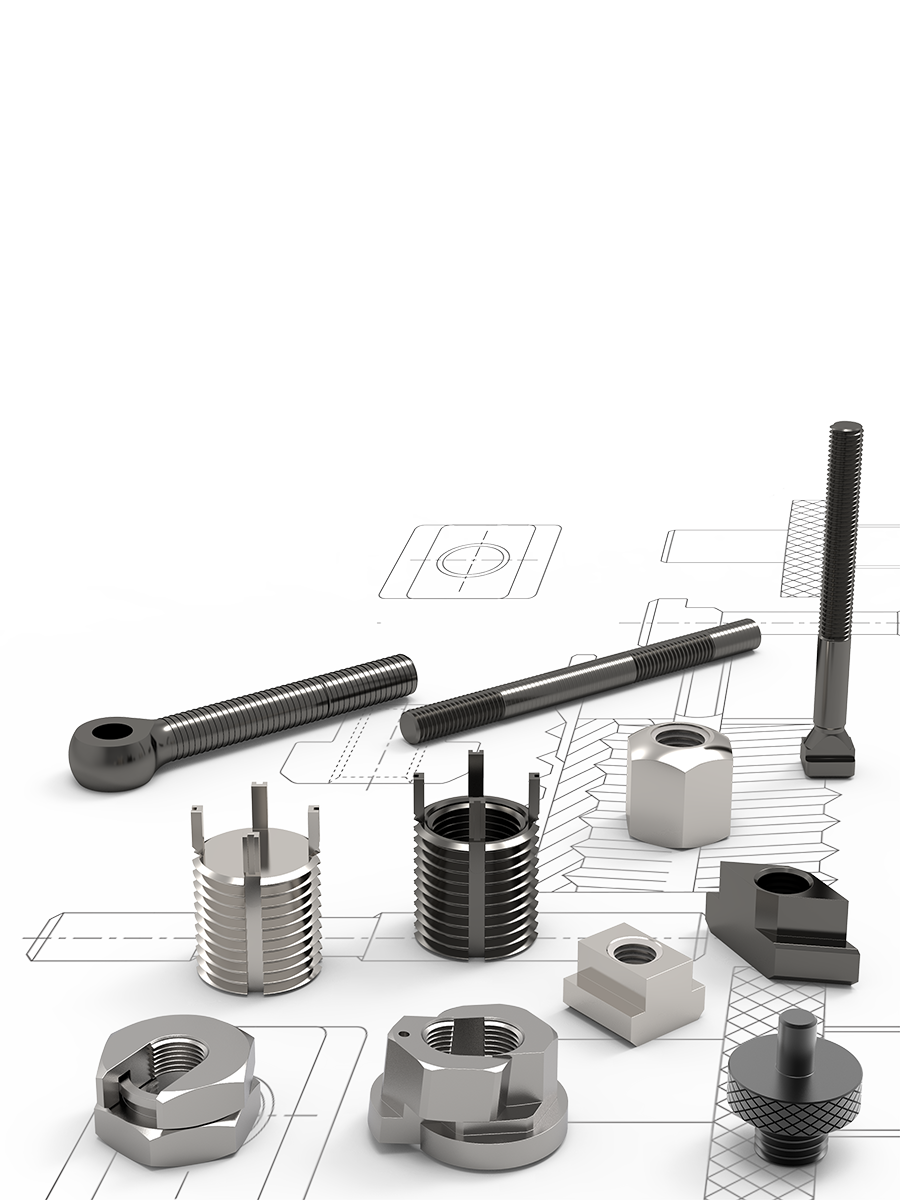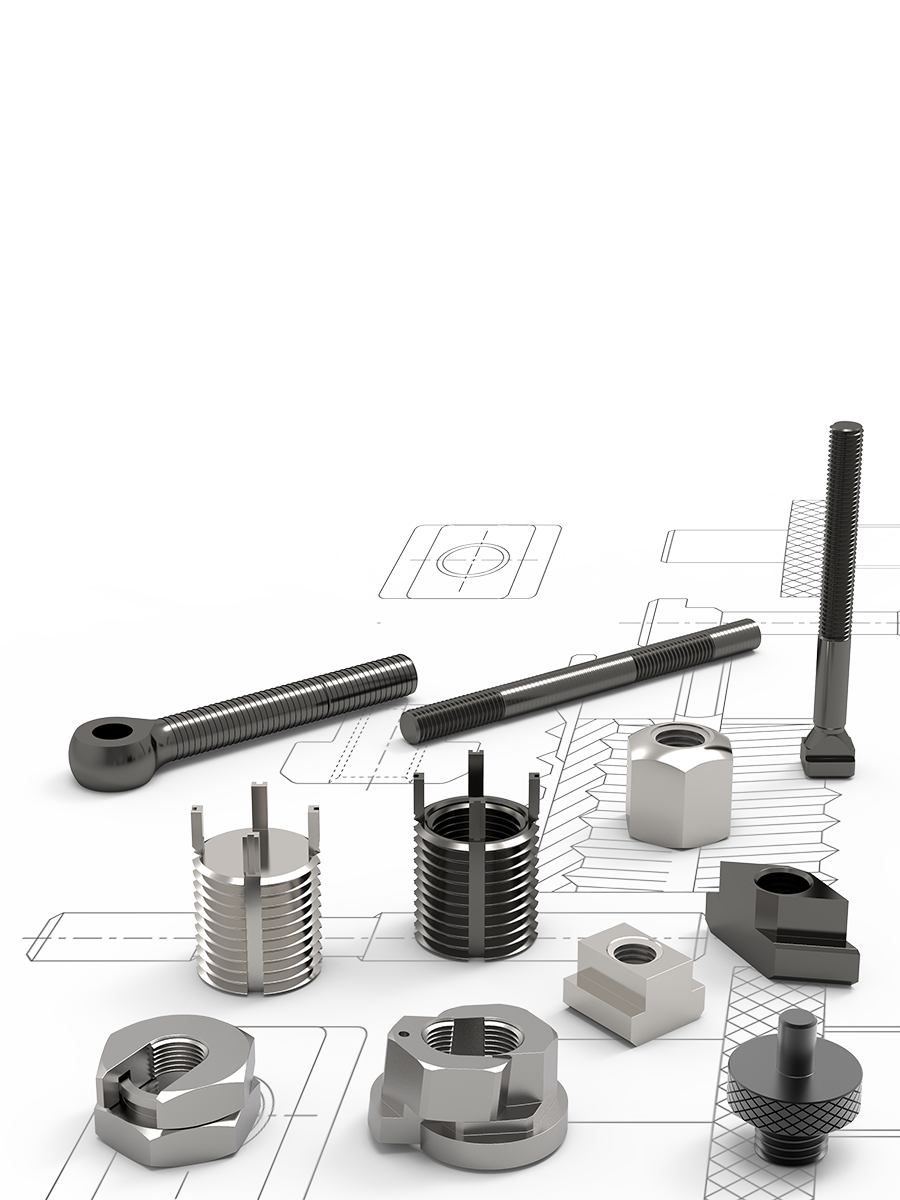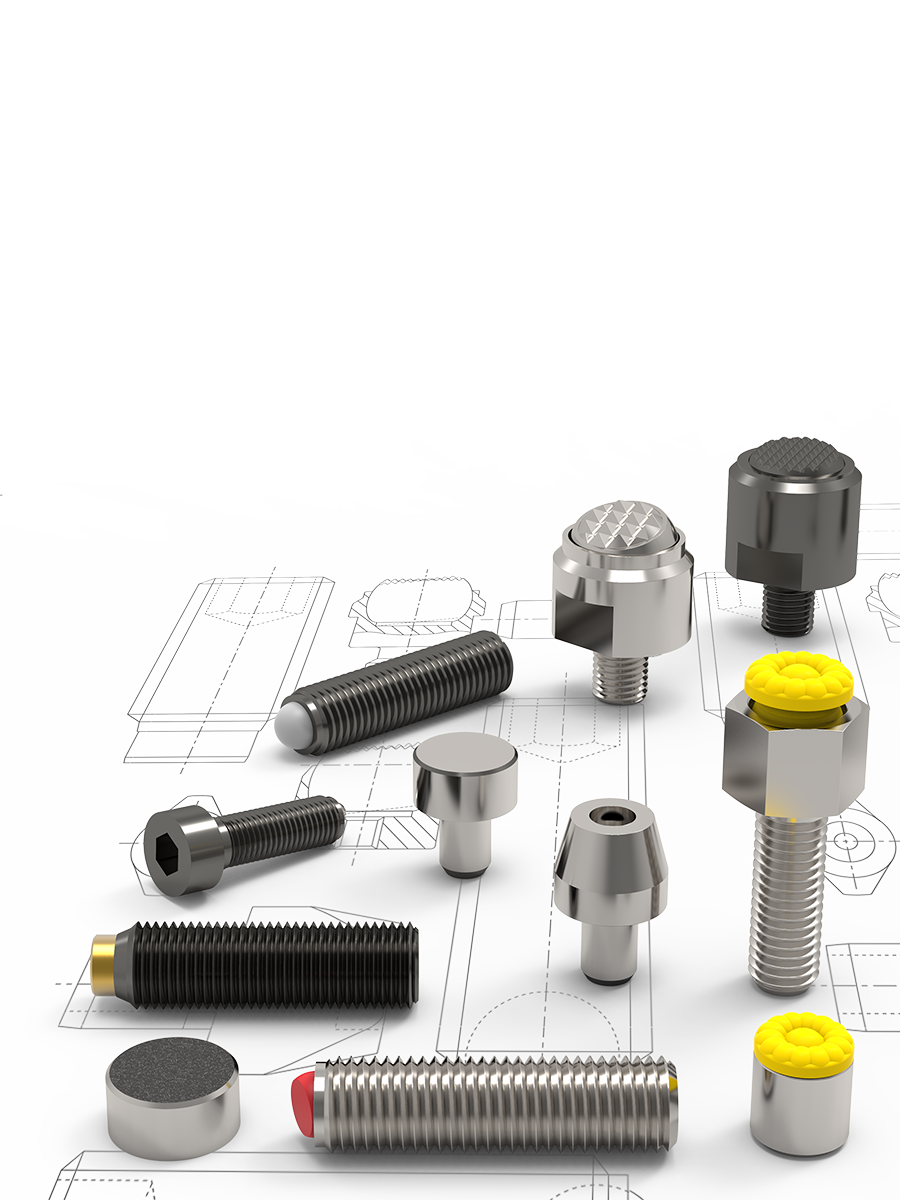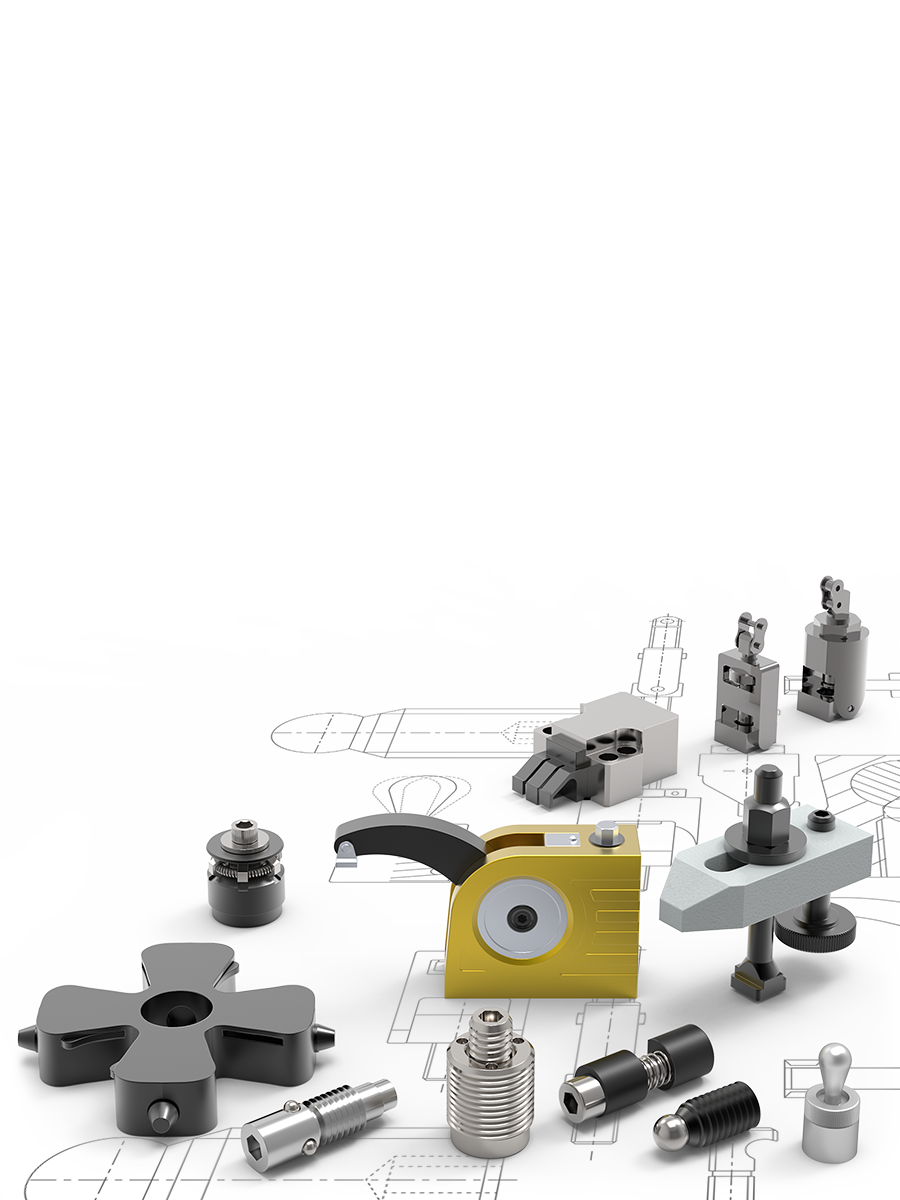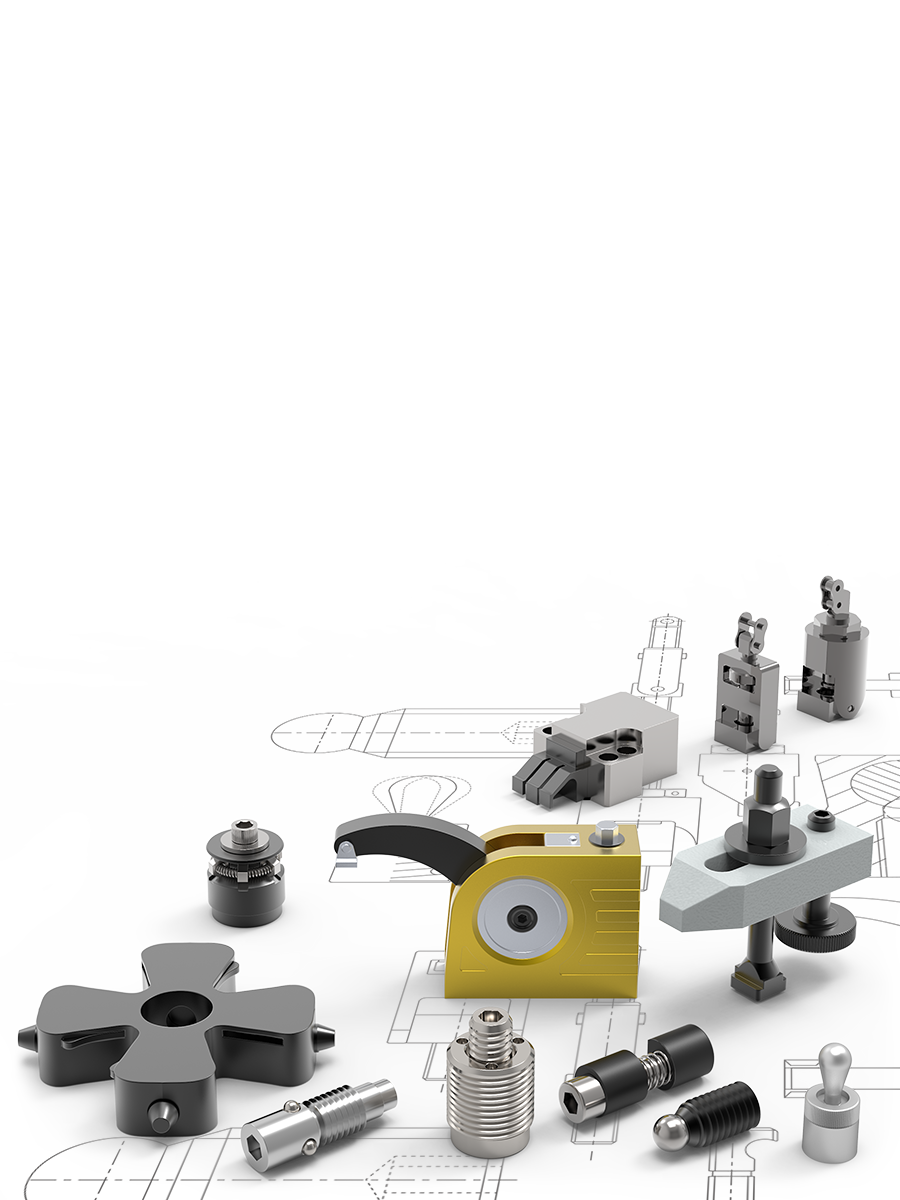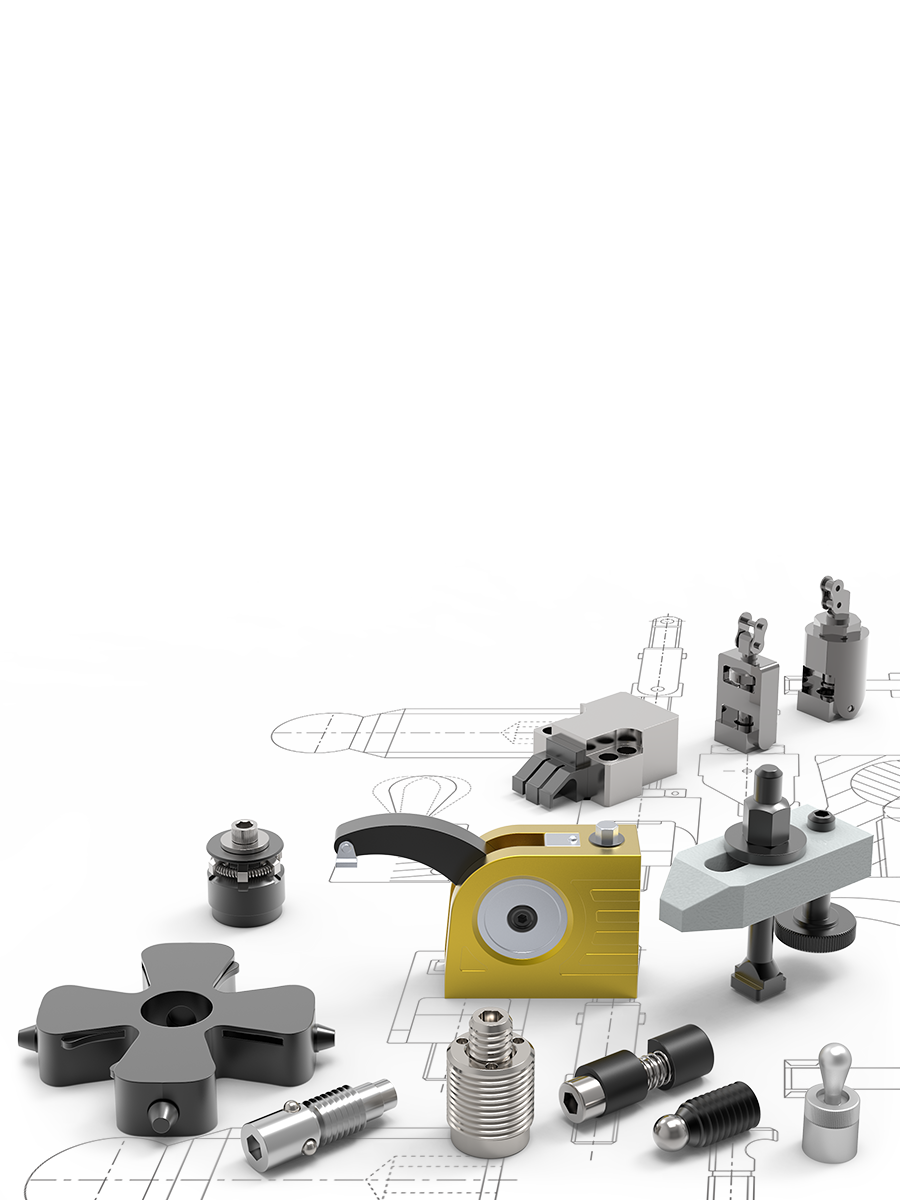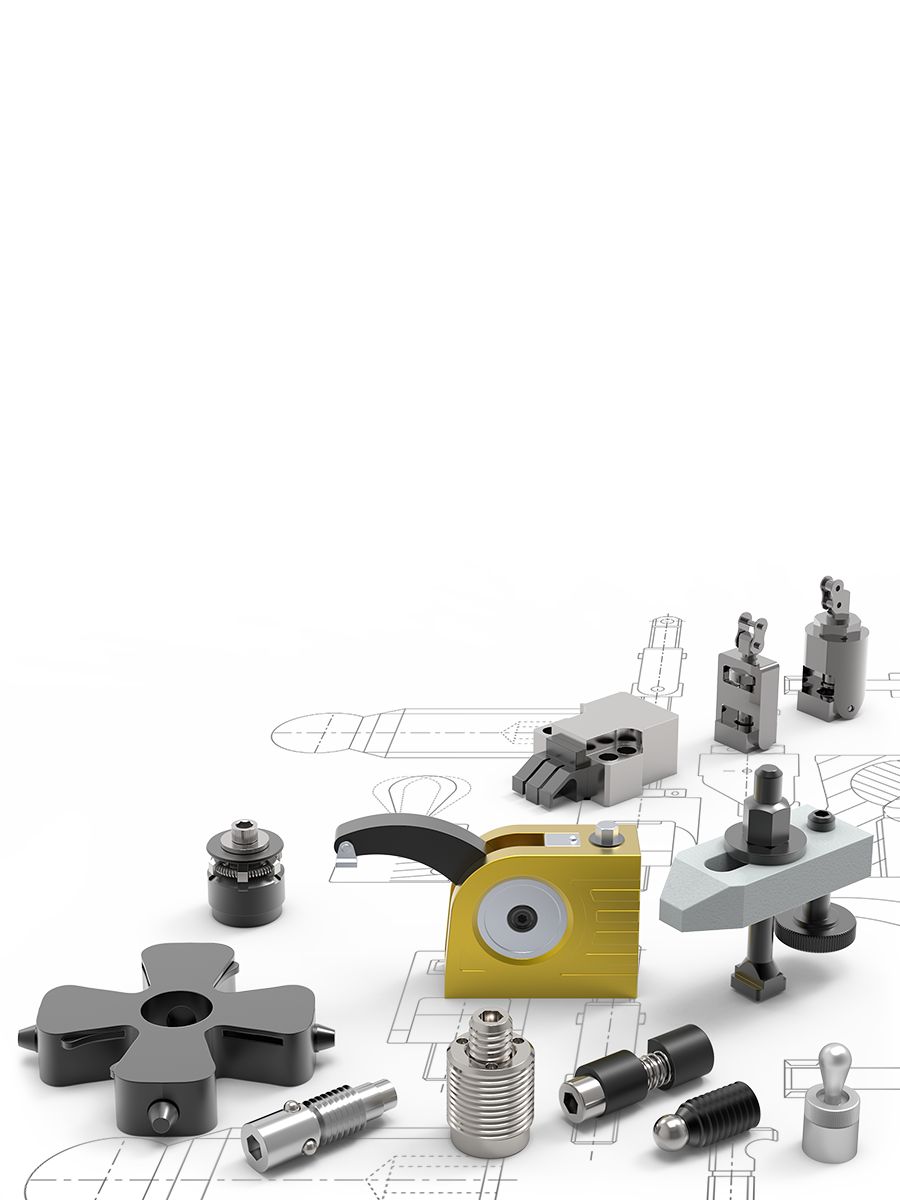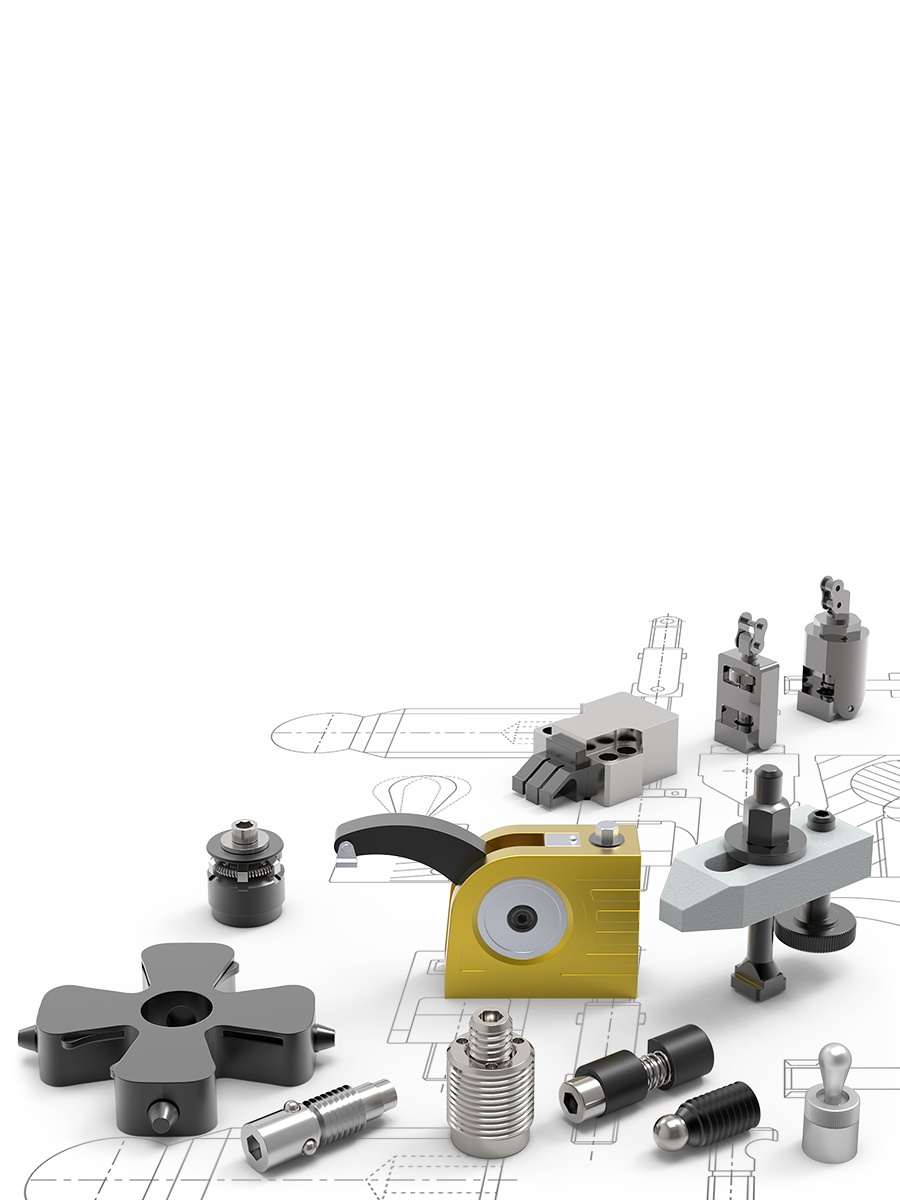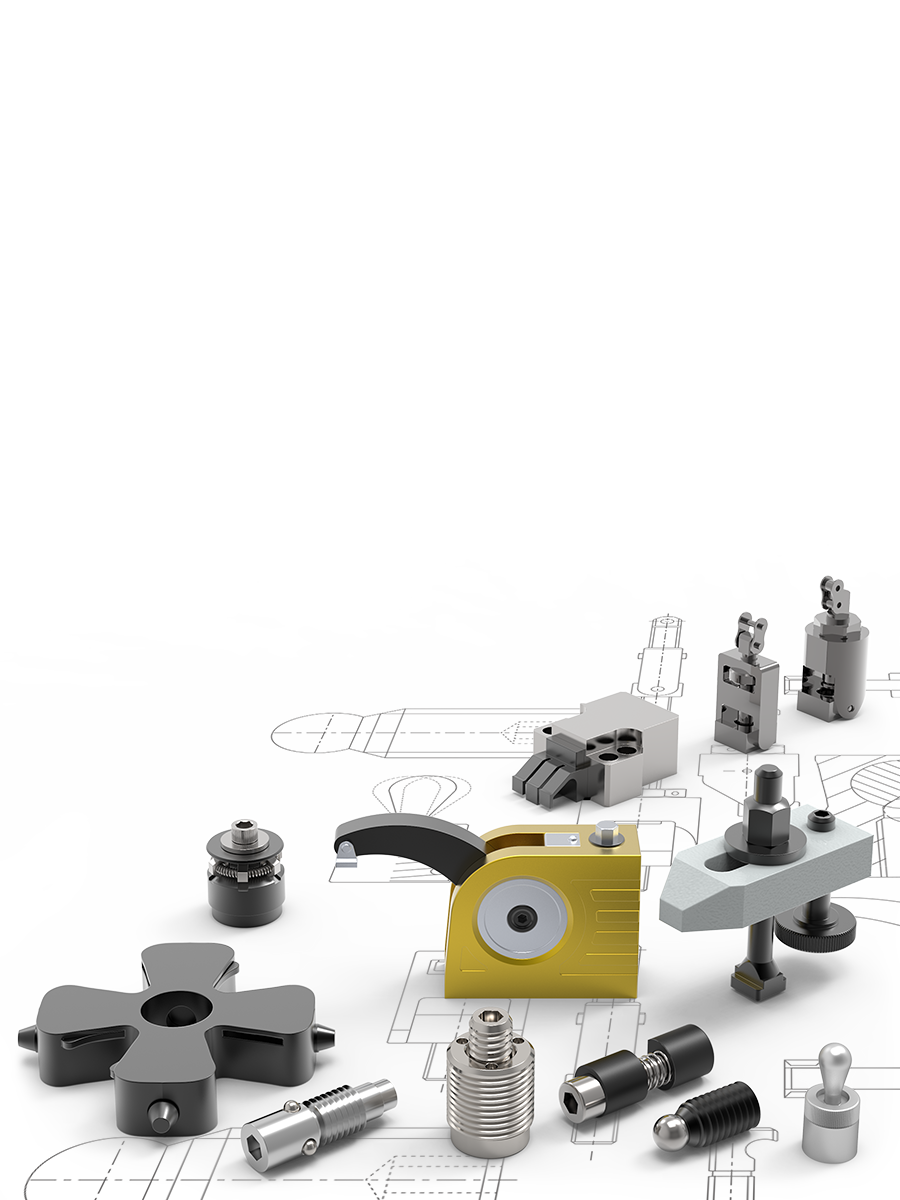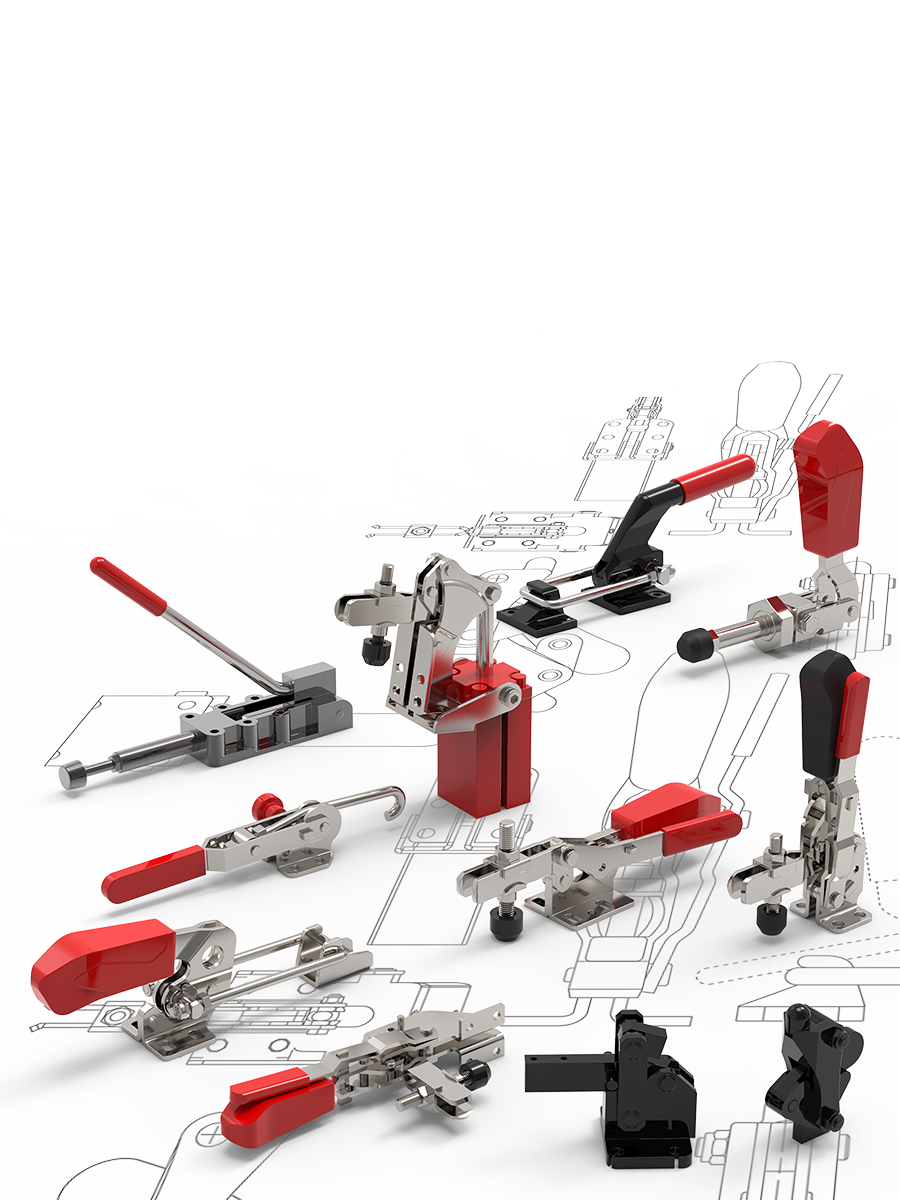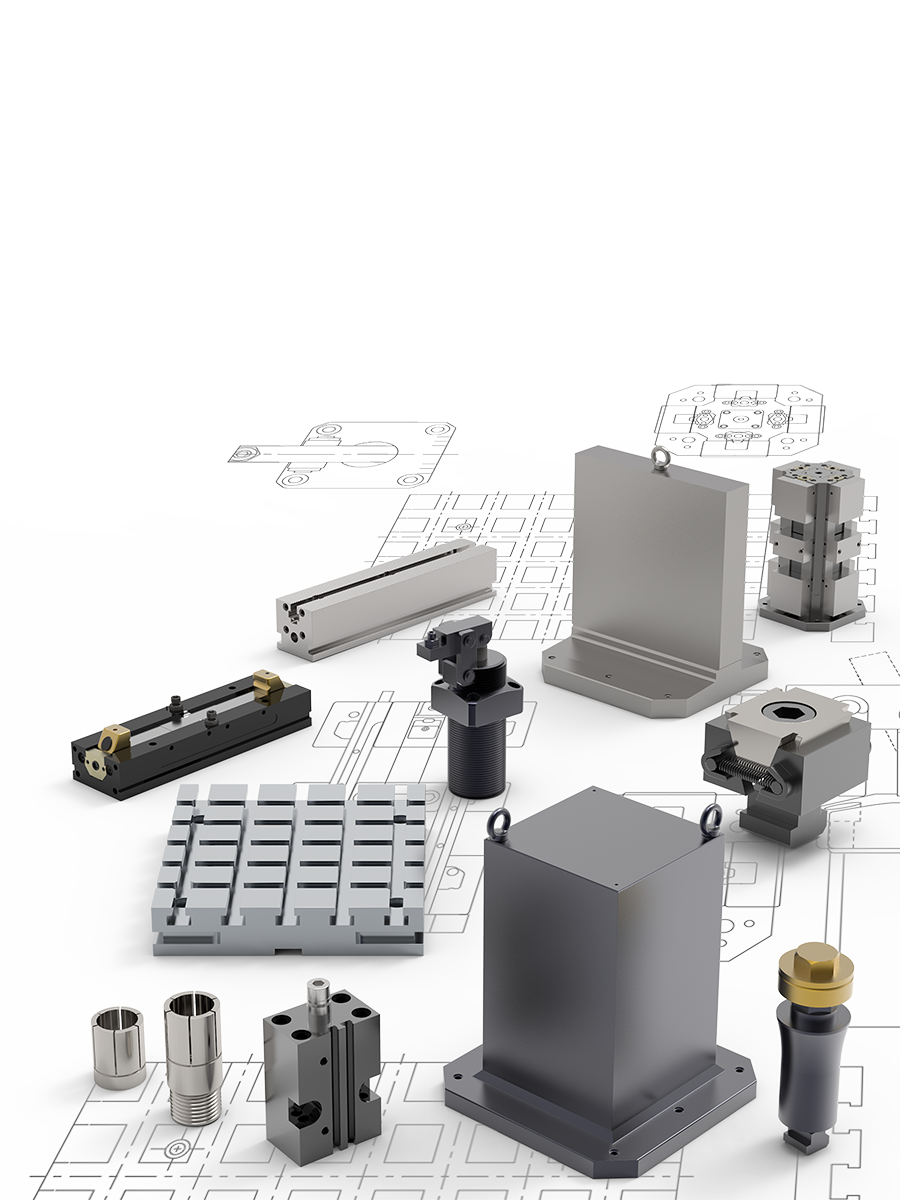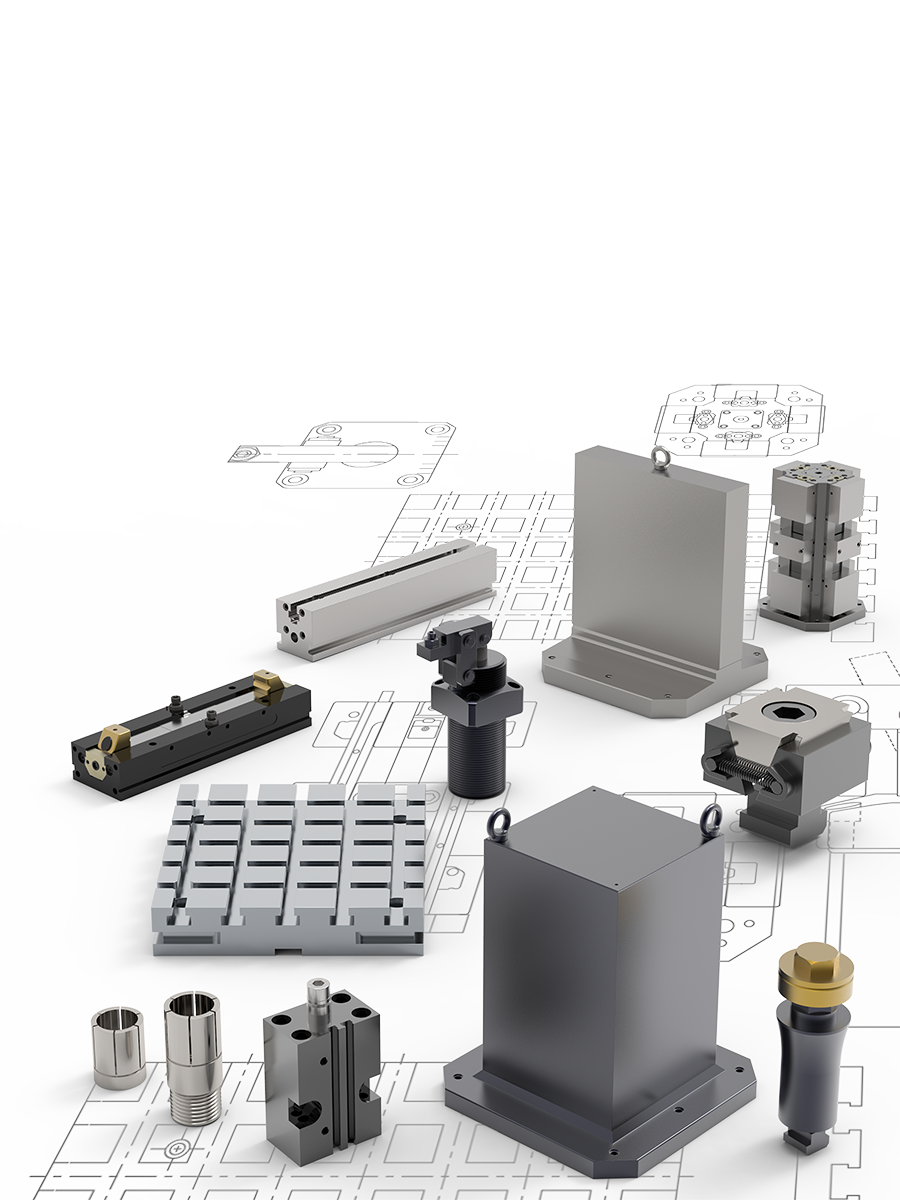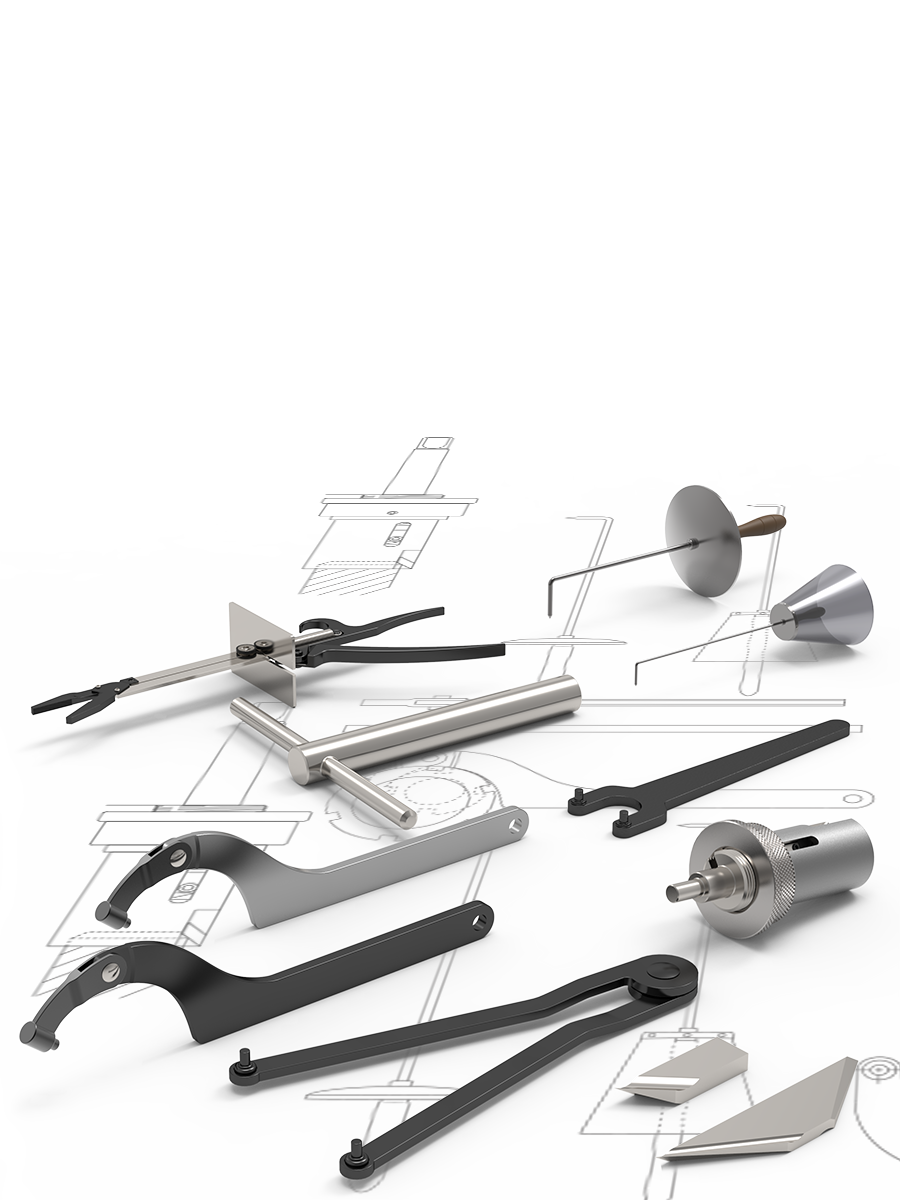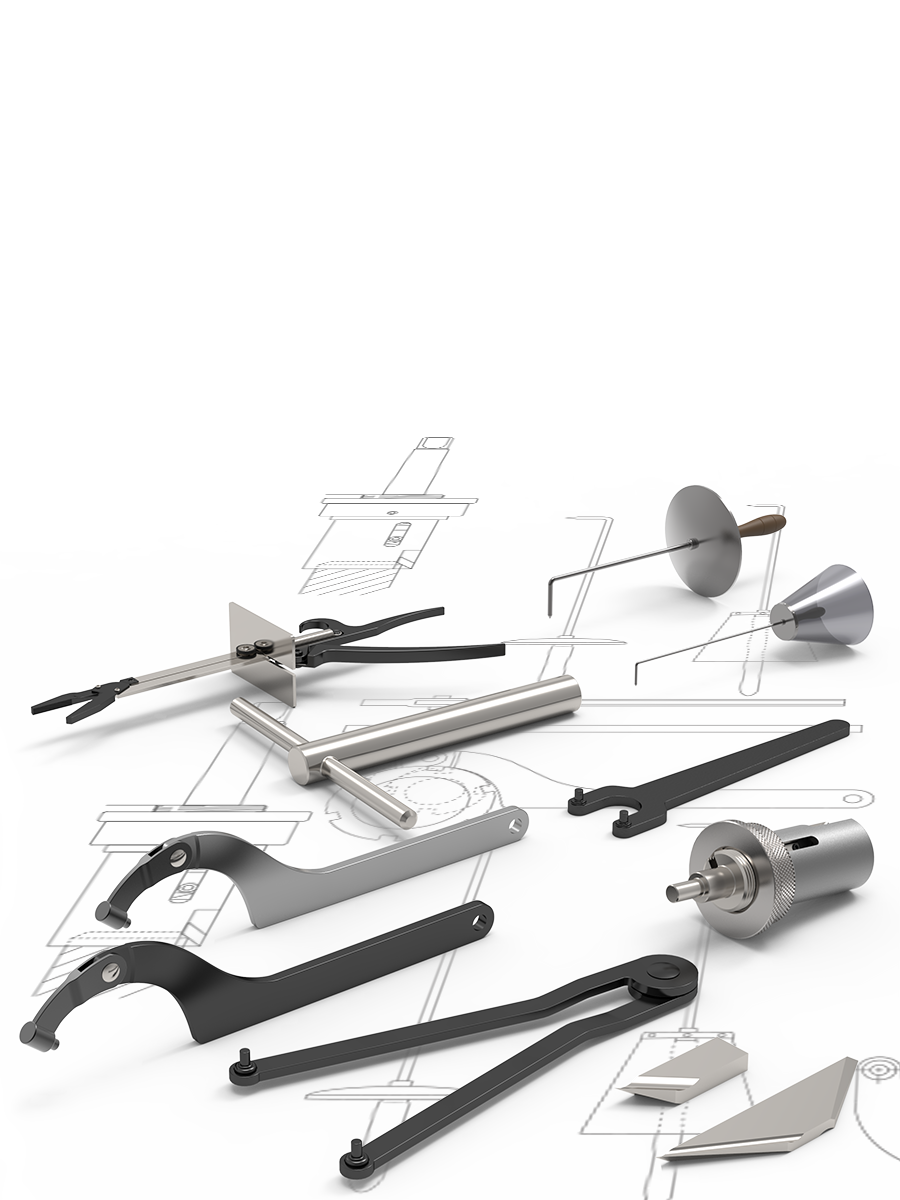Sealing Screws and Sealing Nuts From Wixroyd
What is...
An ordinary screw lacks seal protection, allowing dirt, fluids, gases etc. to infiltrate and damage sensitive devices. Sealing Screws provide bi-directional sealing protection to systems where screws are used, to protect them against dirt, chemicals, water or other contaminates, which (without the screw seal), may penetrate and damage or alternatively where gases and liquids may leak out.
The Seal Screws incorporate an O-ring underneath the screw, bolt etc. which forms a sealant layer. The seal provides bi-directional sealing. The screws are very easy to use and do not need any special preparation or re-tightening.
Integral seal fasteners are designed and manufactured with a precision engineered groove beneath the head of the fastener. As the fastener is tightened, the O-ring is compressed, squeezing the O-ring between the groove and mating surface to complete the seal. The design of the groove controls the amount of compression of the O-ring and because O-rings retain their elastic memory, the screws are reusable time after time.
There are a range of O-ring materials that can resist virtually all chemical and environmental conditions. We can also provide Sealing Screws (on request) to military specifications (MILSPEC).
The screws are widely used in military, medical and industrial devices. Each screw is equipped with a captive O-ring which provides a total barrier seal against internal and external conditions (water, fluids, chemeicals, dirt, air, contaminates etc.) which could otherwise penetrate and damage systems.

To discuss the right product for your application, please don't hesitate contact our friendly Sales and Technical teams.
Seal Screw Selection
Slotted. Stainless steel A2, AISI 303, with silicone O-ring as standard.
Other thread lengths, stainless A4 (AISI 316) and variations of O-ring materials are available on request..
Torx drive. Stainless steel A2, AISI 303, with silicone O-ring as standard.
Other thread lengths, stainless steel A4 and variations of 'O'ring materials are available .
Phillips drive. Stainless steel A2, AISI 303, with silicone O-ring as standard.
Other thread lengths and stainless steel A4, AISI 316, is available on request. Variations of O-ring materials are available .
Hex. socket. Stainless steel A2, AISI 303, with silicone O-ring as standard.
Other thread lengths and stainless steel A4, AISI 316, is available on request. Variations of O-ring materials are available .
Hex. socket. Stainless steel A2, AISI 303, with silicone O-ring as standard.
Other thread lengths and stainless steel A4, AISI 316, is available on request. Variations of O-ring materials are available .
Hex. socket. Stainless steel A2, AISI 303, or A4, AISI 316, with silicone O-ring as standard.
Other thread lengths and variations of O-ring materials are available .
Stainless steel A2, AISI 303, or A4 , AISI 316, with silicone O-ring as standard.
Variations of O-ring materials are available .
Stainless steel A2, AISI 303, or A4 , AISI 316, with silicone O-ring as standard.
Variations of O-ring materials are available .
More Information
General Guidance
When using self-sealing screws, a high pressure seal is formed along the thread's contact surface when torqued.
If possible, and to ensure maximum sealing performance, we recommend a clearance hole. This creates room for the O-ring to flow into.
The aim is to ensure full metal-to-metal contact between the underside of the fastener and the mounting surface.
If the counterbore cannot be applied, the O-ring will still function as it will squeeze fit the gap between the male and female surfaces.
Sealing Screw Heads
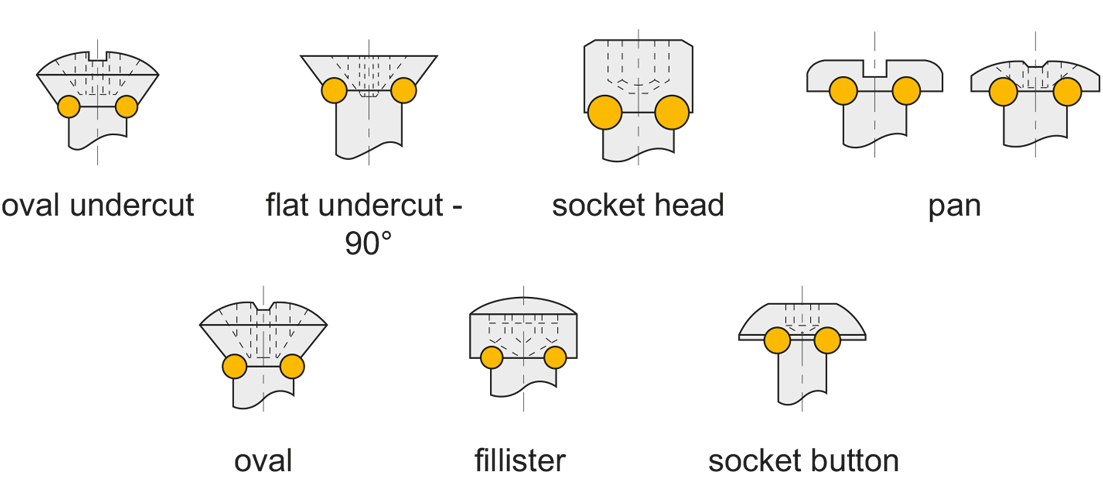
Ordering Options

36630 - Pan head - Phillips® Security and Torx® options
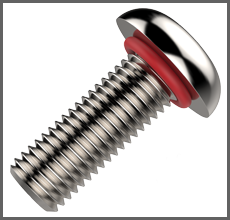
36631 - Button Hex-head Security and Torx® options
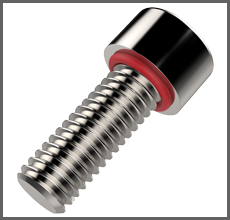
36633 - Socket Head Security and Torx® options

36636 - Hexagon Nut
Applications
Some of the typical applications for our Sealing Screws include:
- Motors
- Cabinets and enclosures
- Sensors and instrumentation
- Internal combustion engines
- Gear pumps
- Fuel tanks
- Transmissions
- Gear boxes
- Air cylinders
- Pressure gauges
- Computer disk drives
- Motion control valves
- Missile tanks
- Wet wings
Schematic | Drive Types | Uses |
 | Hexagonal | Ideal for precision assembly. Most recommended where less surface area is available. |
 | Cross Drive (Phillips®) | Most recommended drive type. Provides good control in driving. Always use a driver bit of the proper size which is in good condition. |
 | Star Drive (Torx®) | Positive-engaging, fast-locating method which transmits drive torque with less required downward pressure. Good fastening appearance. |
 | Security | These screws are impossible to remove without the special matching screwdriver. |
We can provide Torx® heads and security/tamper-proof screws, as well as special threads, grooves and cross holes for safety wires, and a further range of styles such as captive screws, anti-vibration strips on the threads etc (for extrene vibration applications).
O-Ring Selection
Standard O-rings are red silicone, but a further five O-ring material types are readily available. The main factor to consider when selecting an O-ring type is the environment in which it will be placed and the temperature range it will be subjected to.
Material | Notes |
Silicone (SI) | Our standard O-ring type with a wide temperature range -60°C to +200°C. Resistant to moderate or oxidising chemical, but not generally oil or solvent resistant. |
Fluorosilicone (FS) | Widely used in the automotive and aerospace industries as it has excellent resistance to fuel, oil and solvents. Standard temperature range -50°C to +180°C. |
EPDM (EP) | These O-rings are very suited for outdoor enviroments and are good for weather and water resistant applications having excellent ozone, steam and chemical resistance. Temperature range -50°C to +110°C. |
Viton-fluorocarbon (VI) | These seals are widely used on aircraft engines and automotive fuel handling systems as they have excellent fuel, oil and solvent resistance. Standard temperature range -50°C to +100°C. |
Nitrile (NI) | Widely used as highly resistant to petroleum based substances, water and alcohols. Temperature range -50°C to +110°C. |
Other O-ring types can include Neoprene, Buna N, Teflon etc.
Alexia House, Glenmore Business Park
PO19 7BJ Chichester
United Kingdom
0333 207 4497
sales@wixroyd.com
Route via Google Maps
Company registration no: 00496138
Company VAT number GB 408154022








